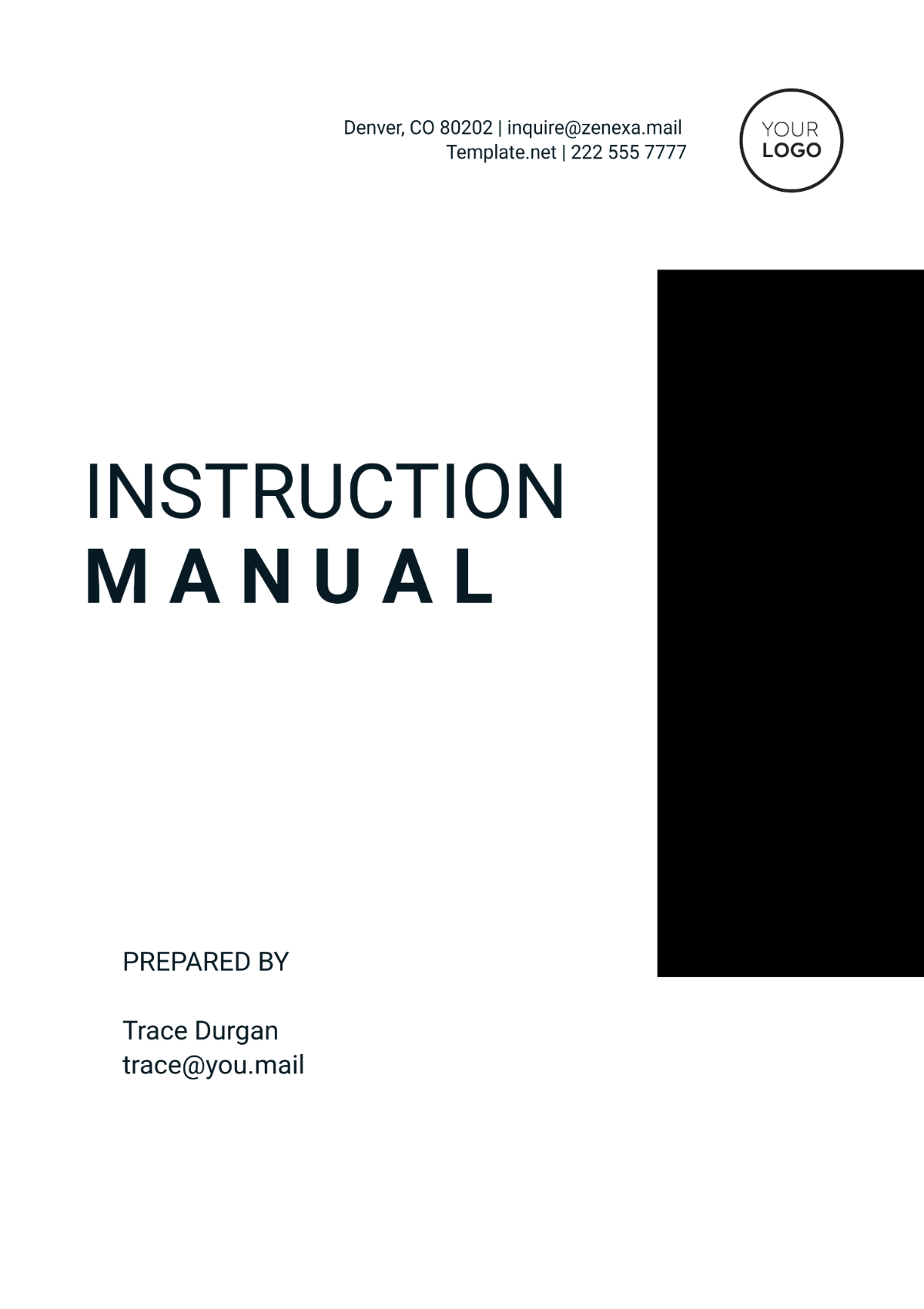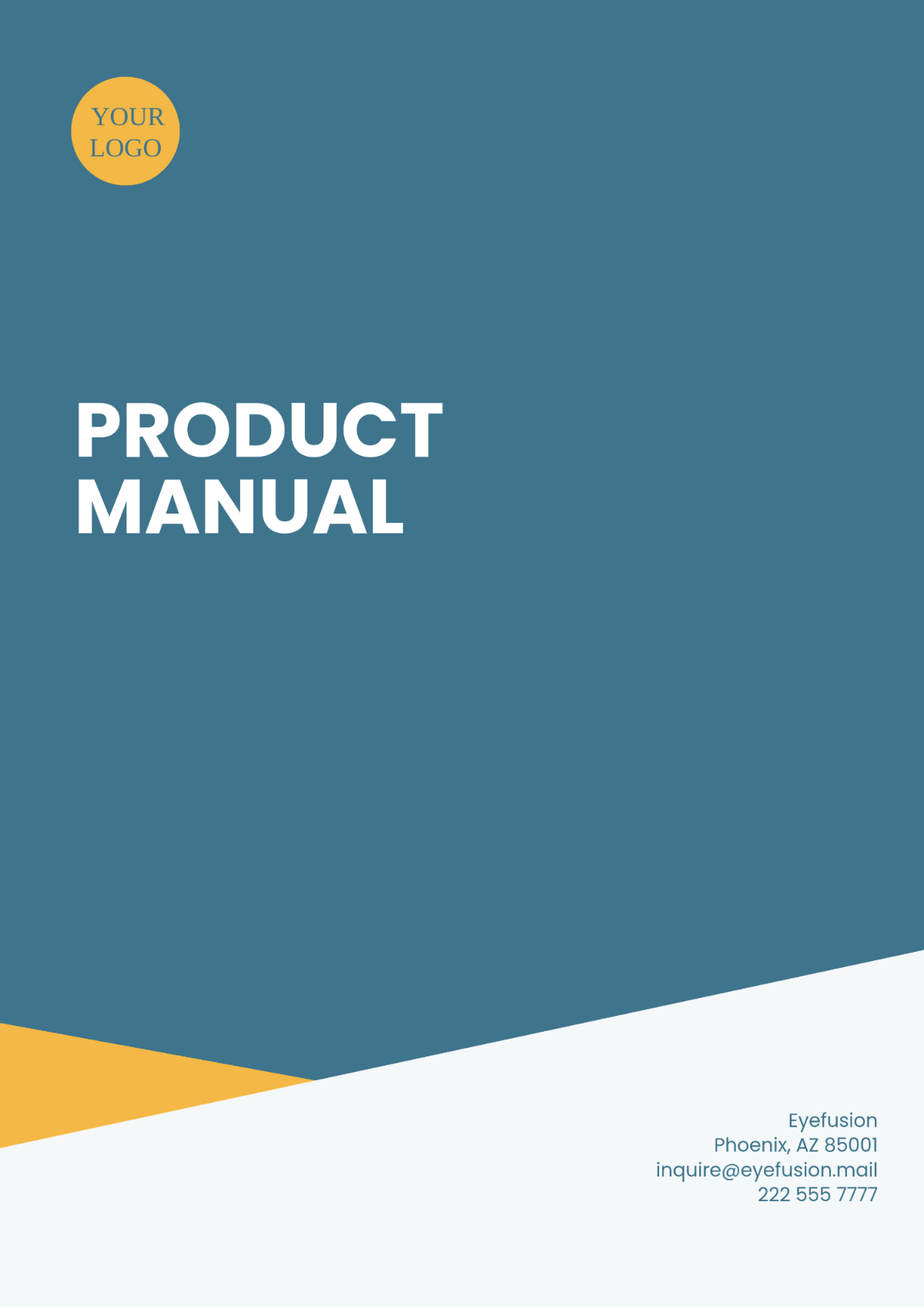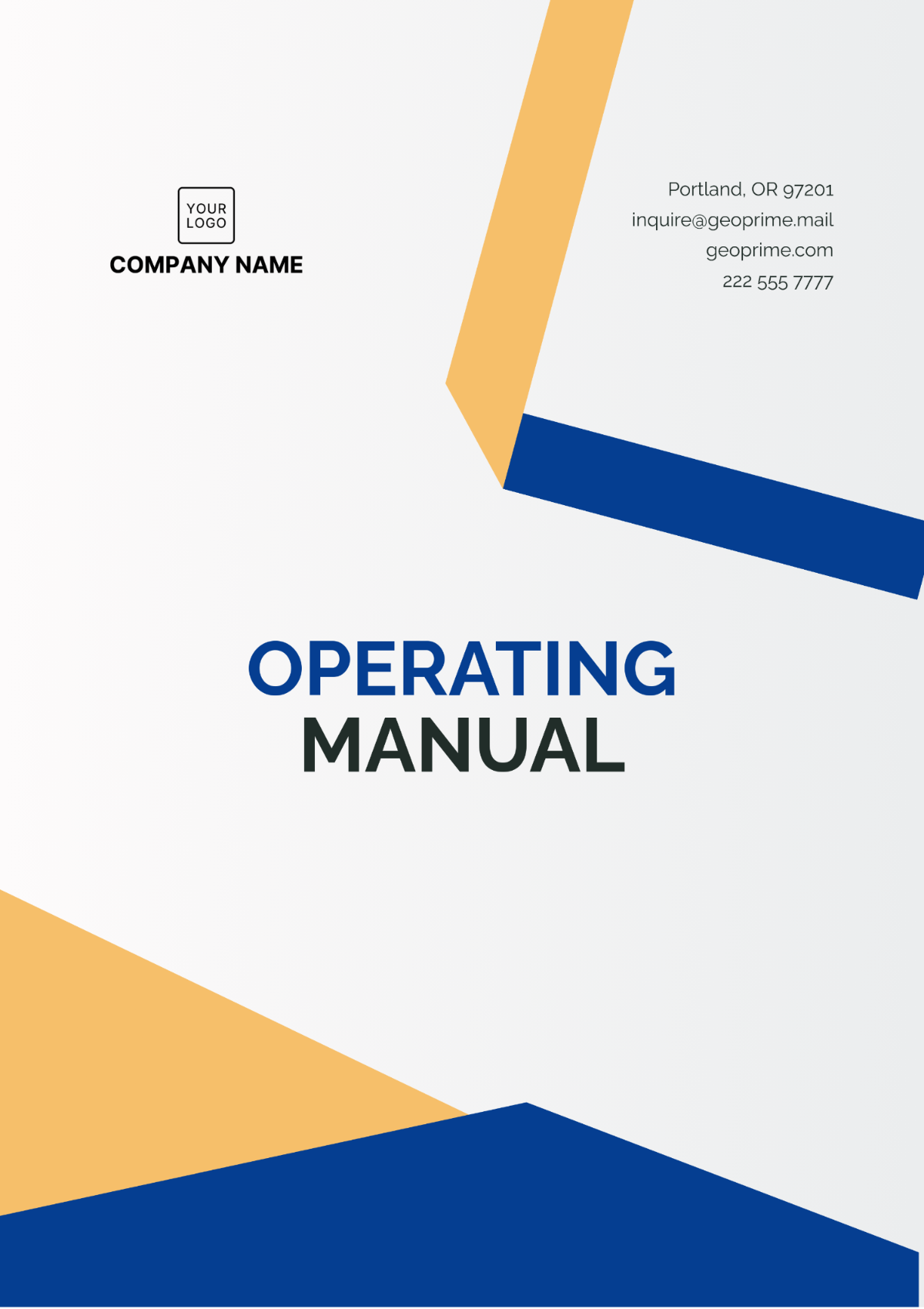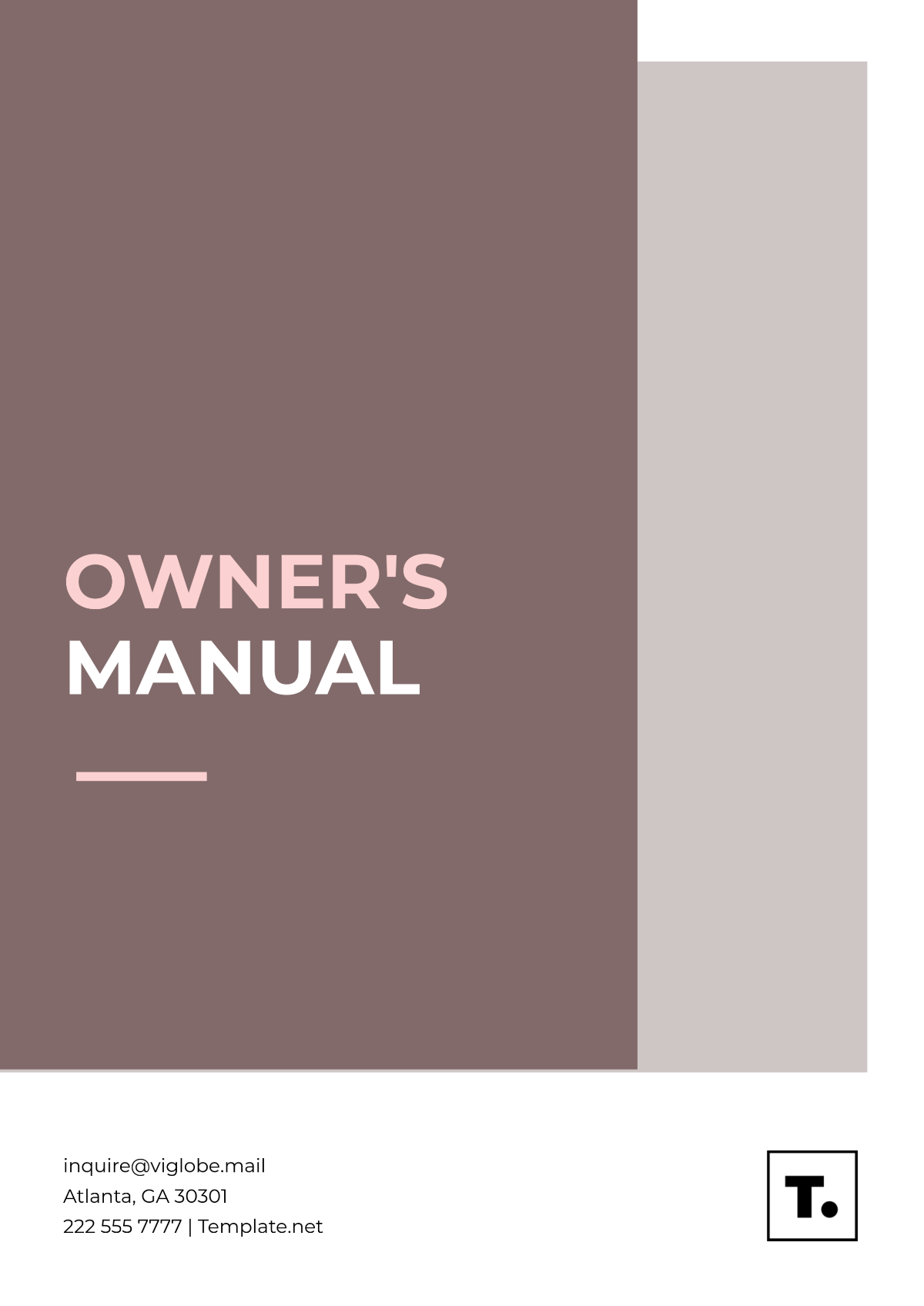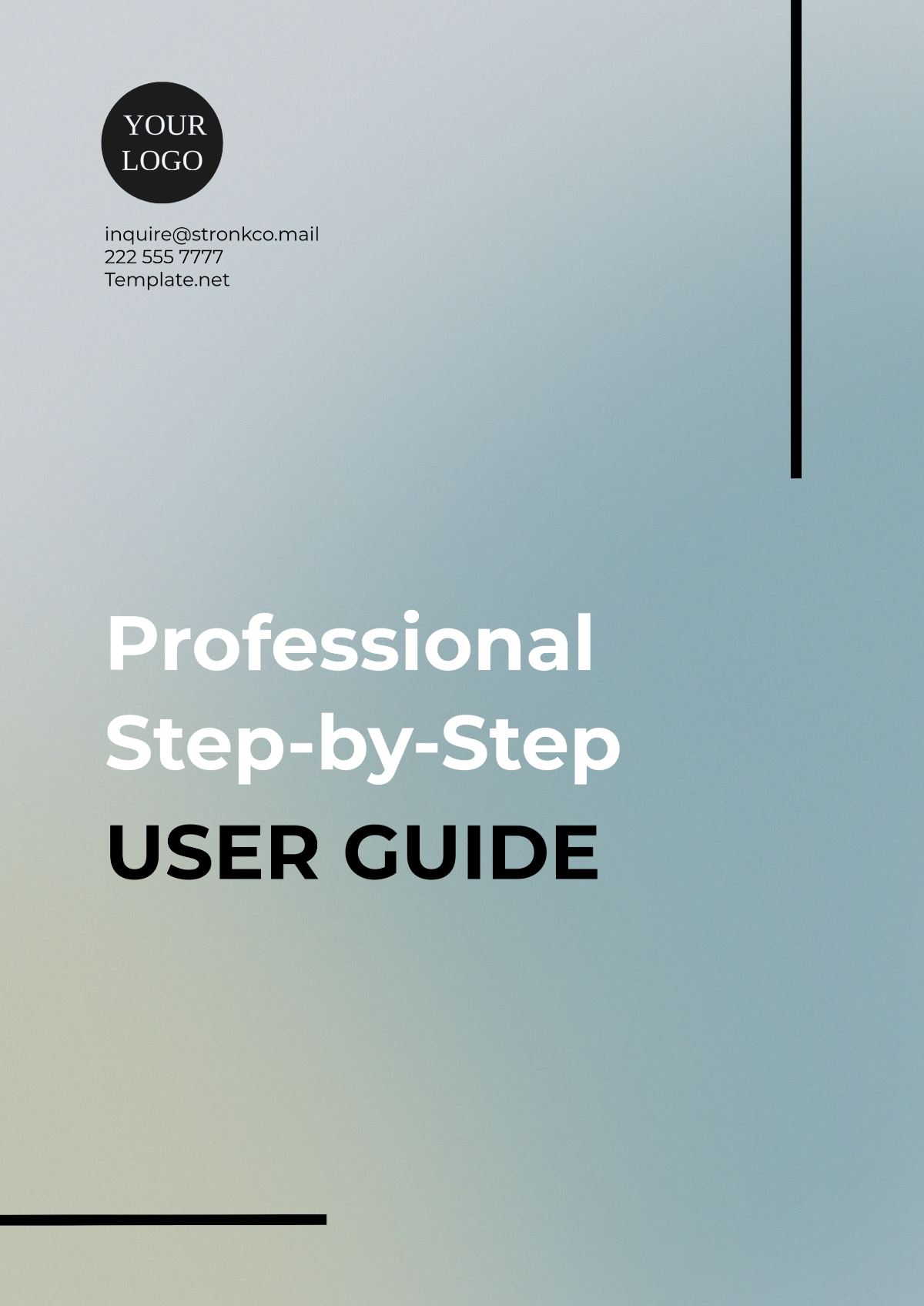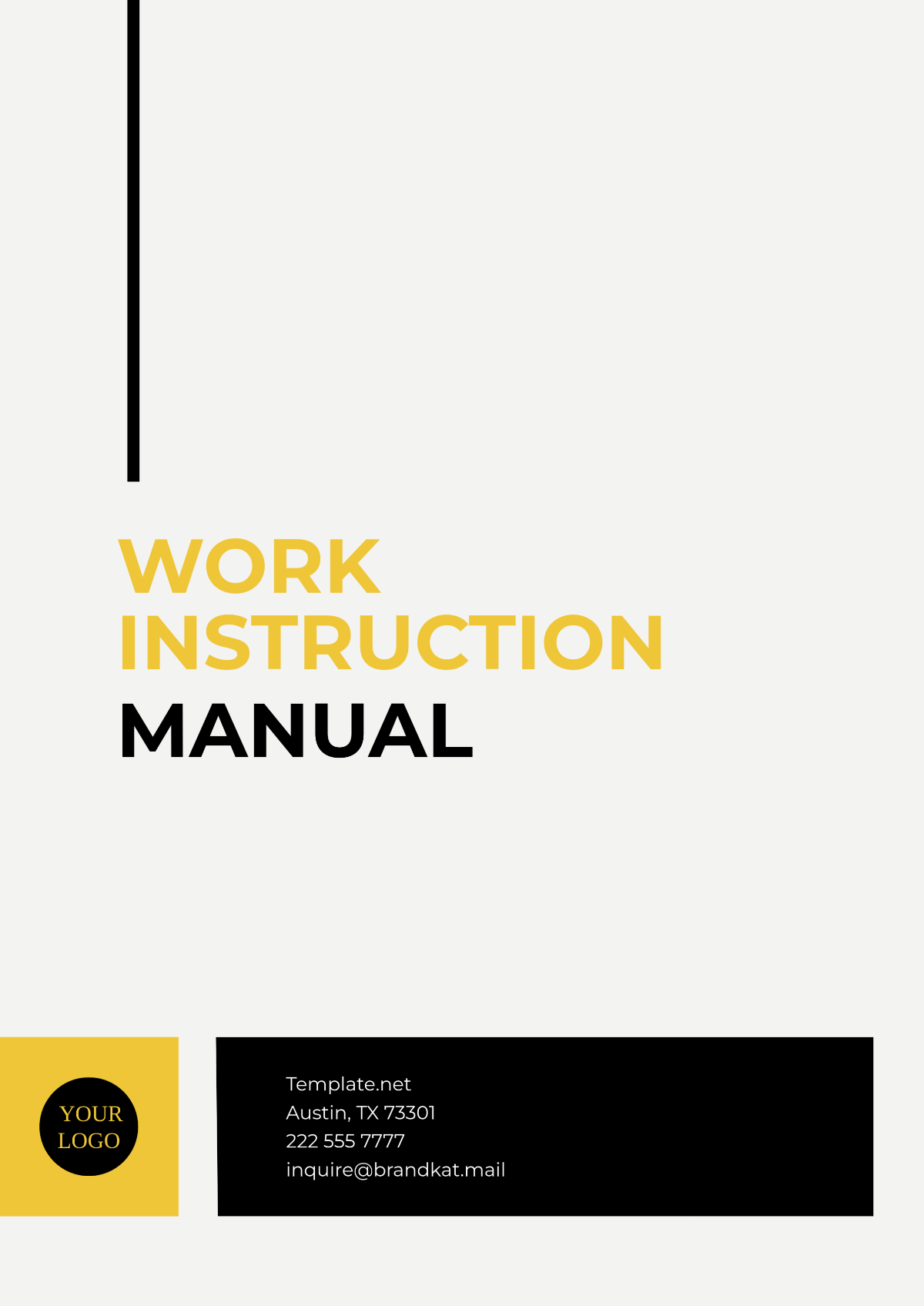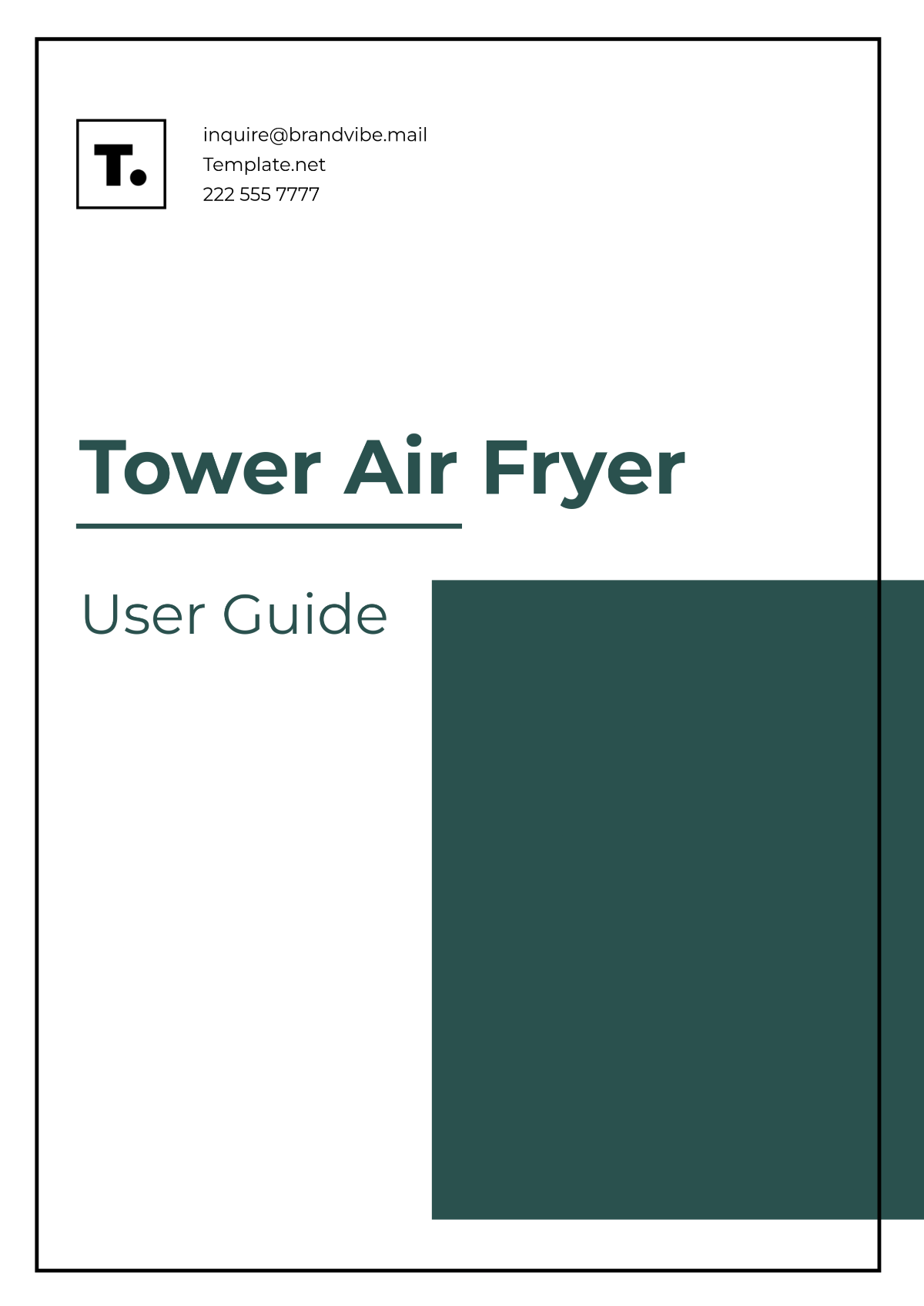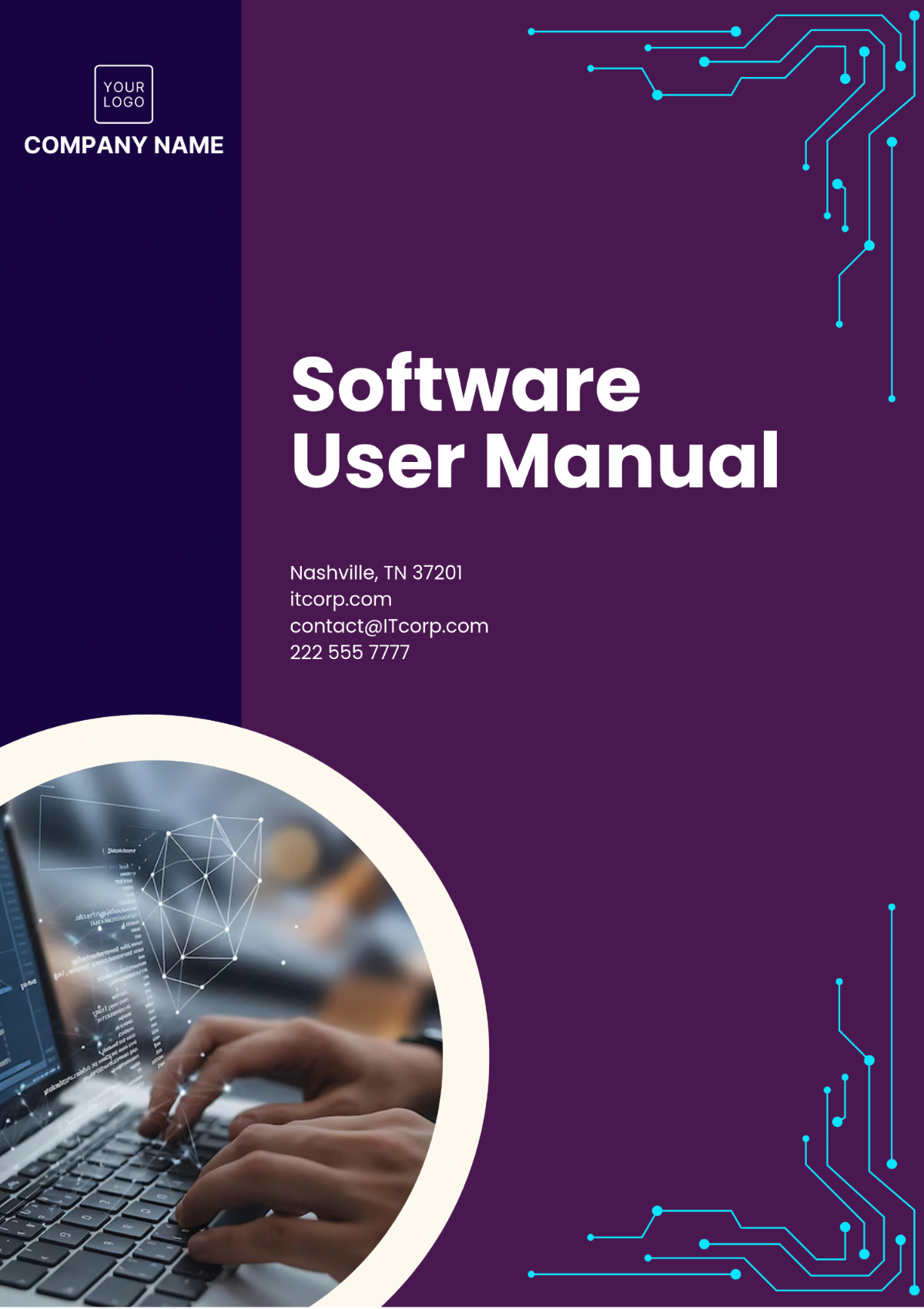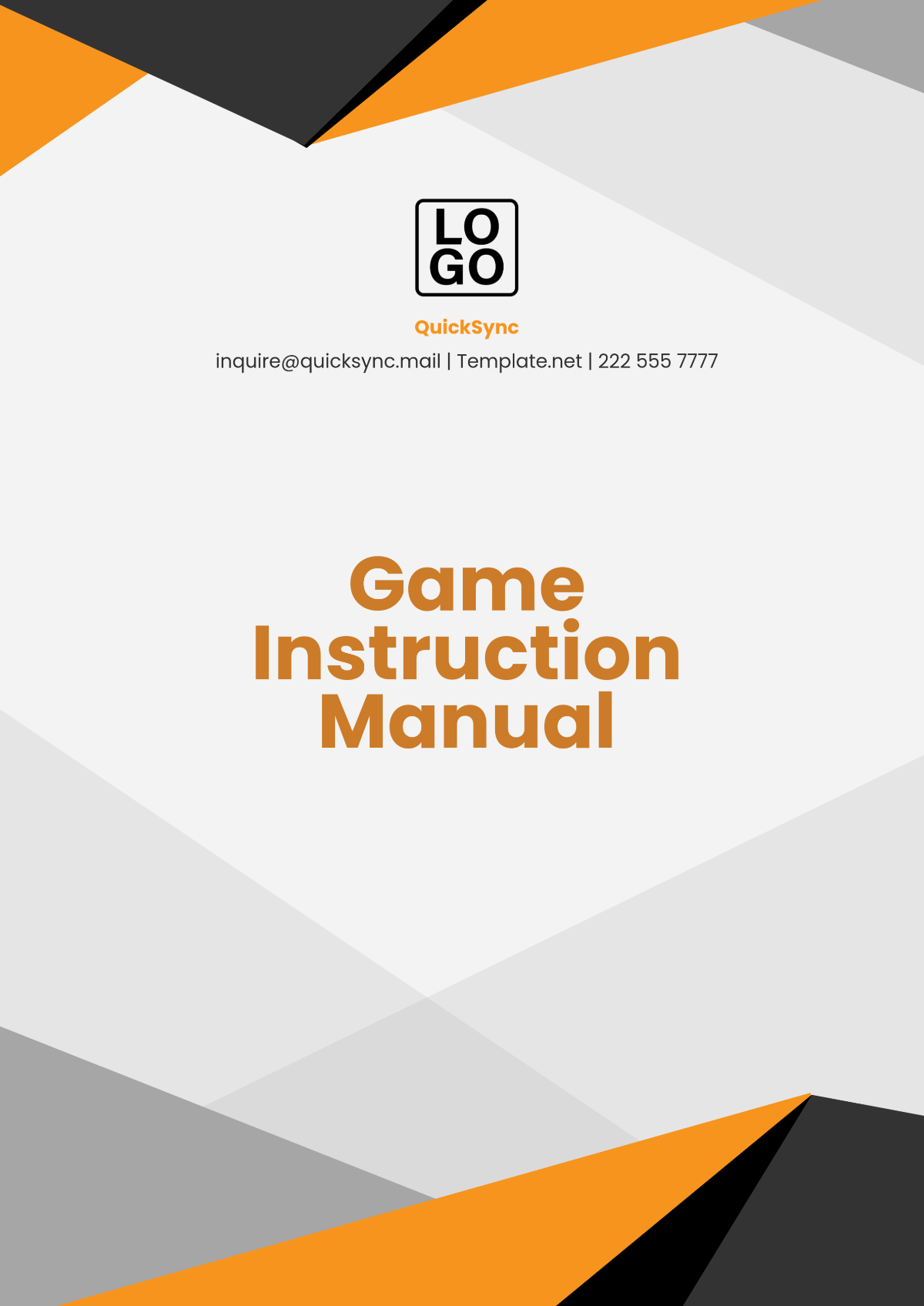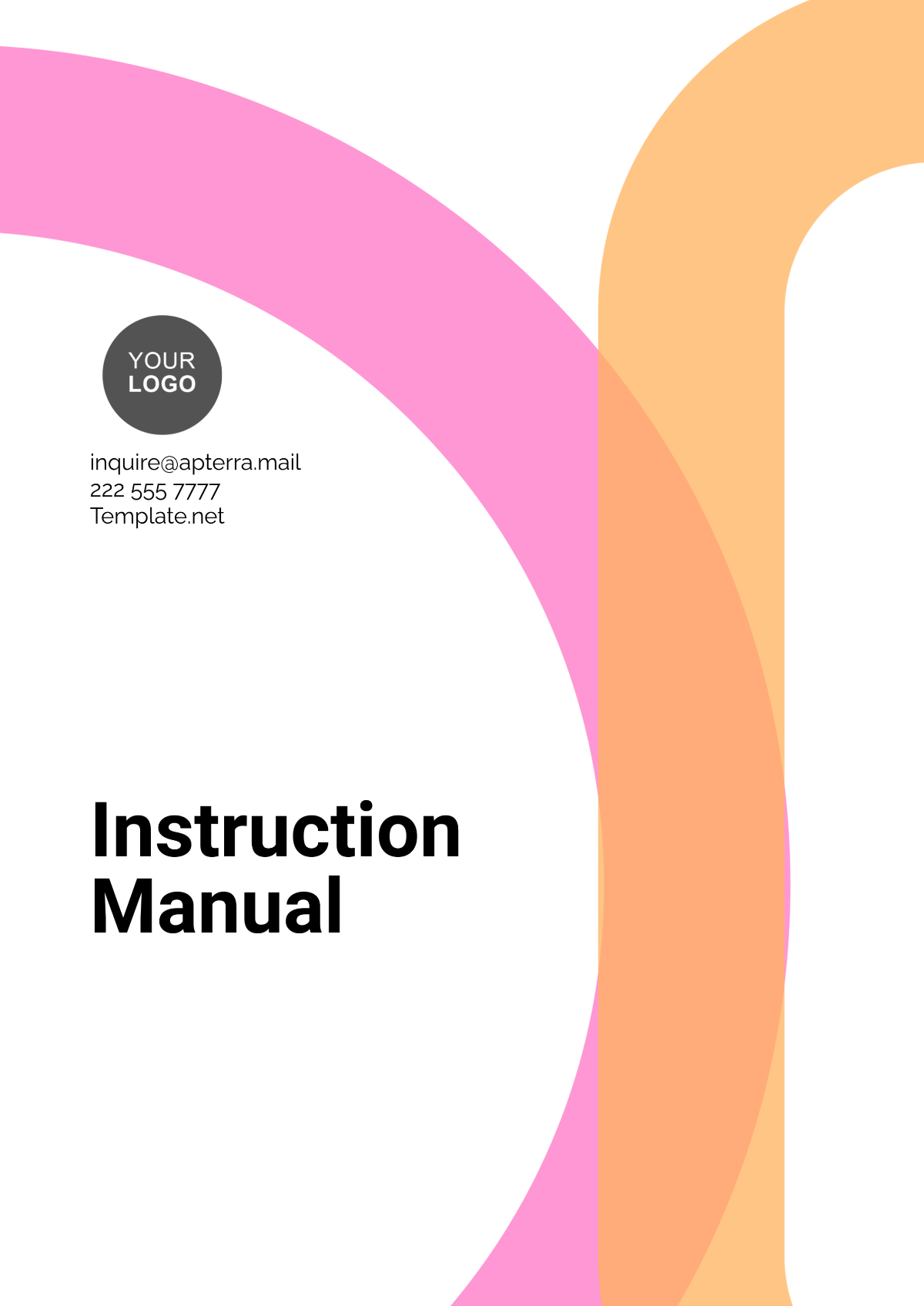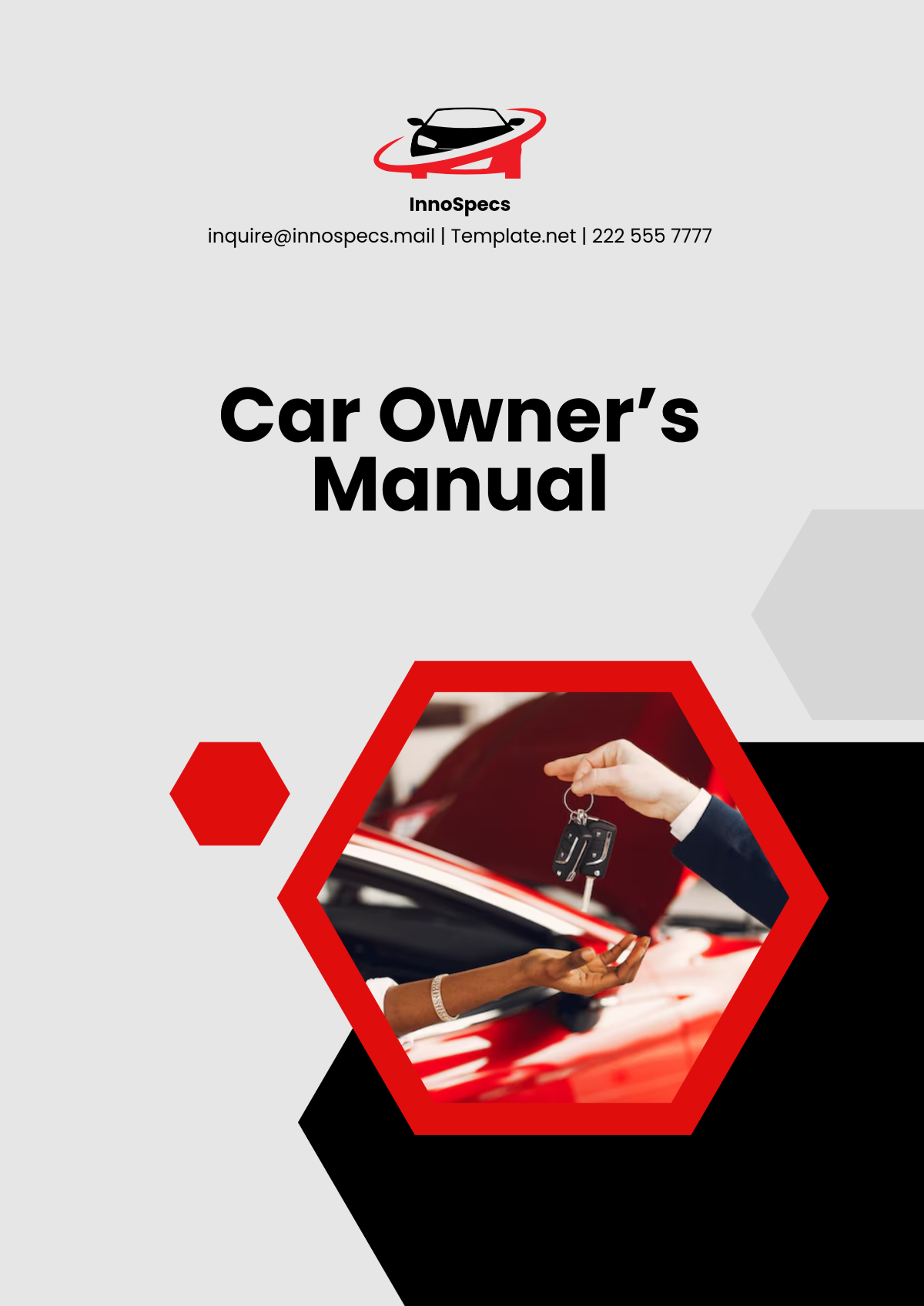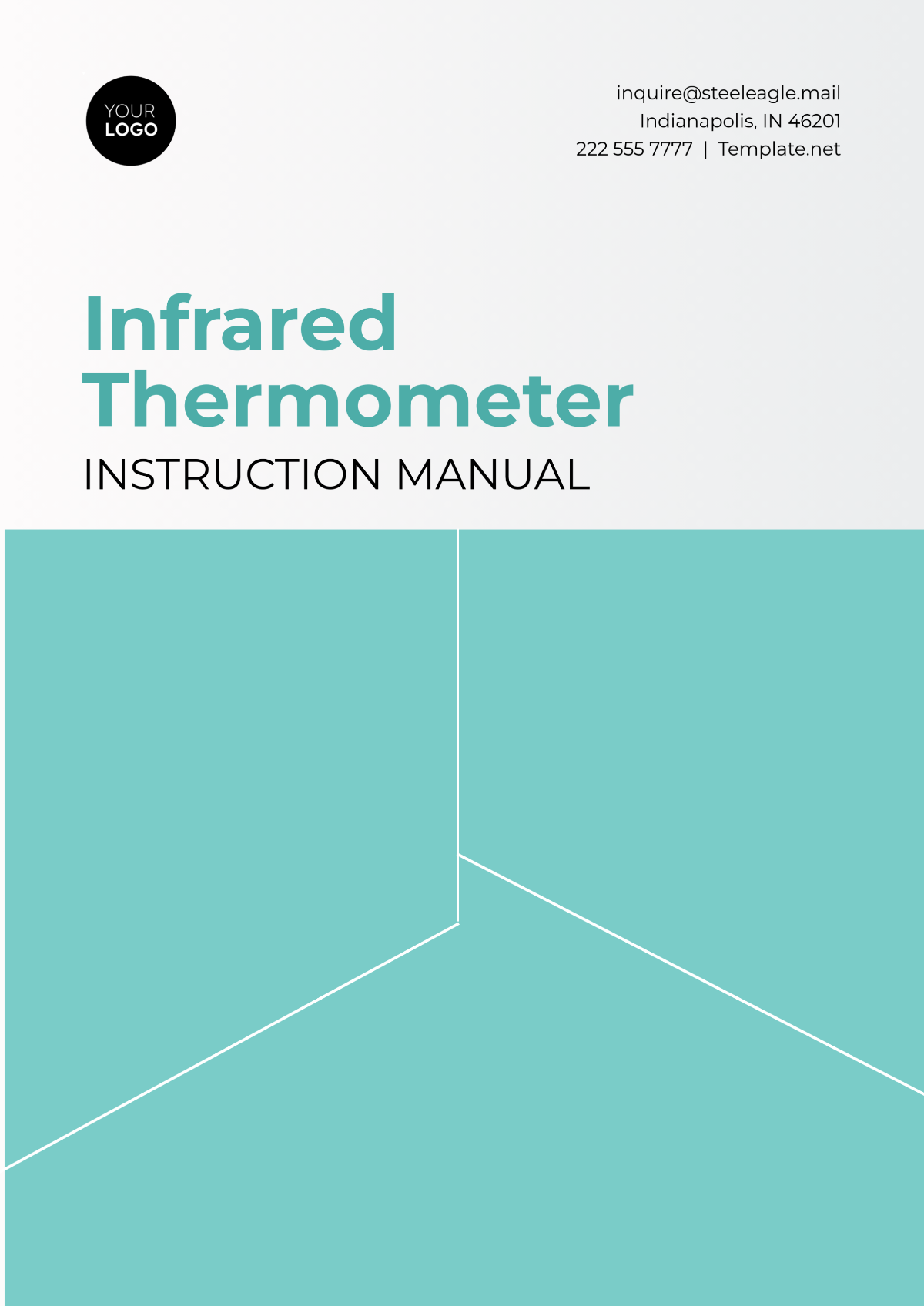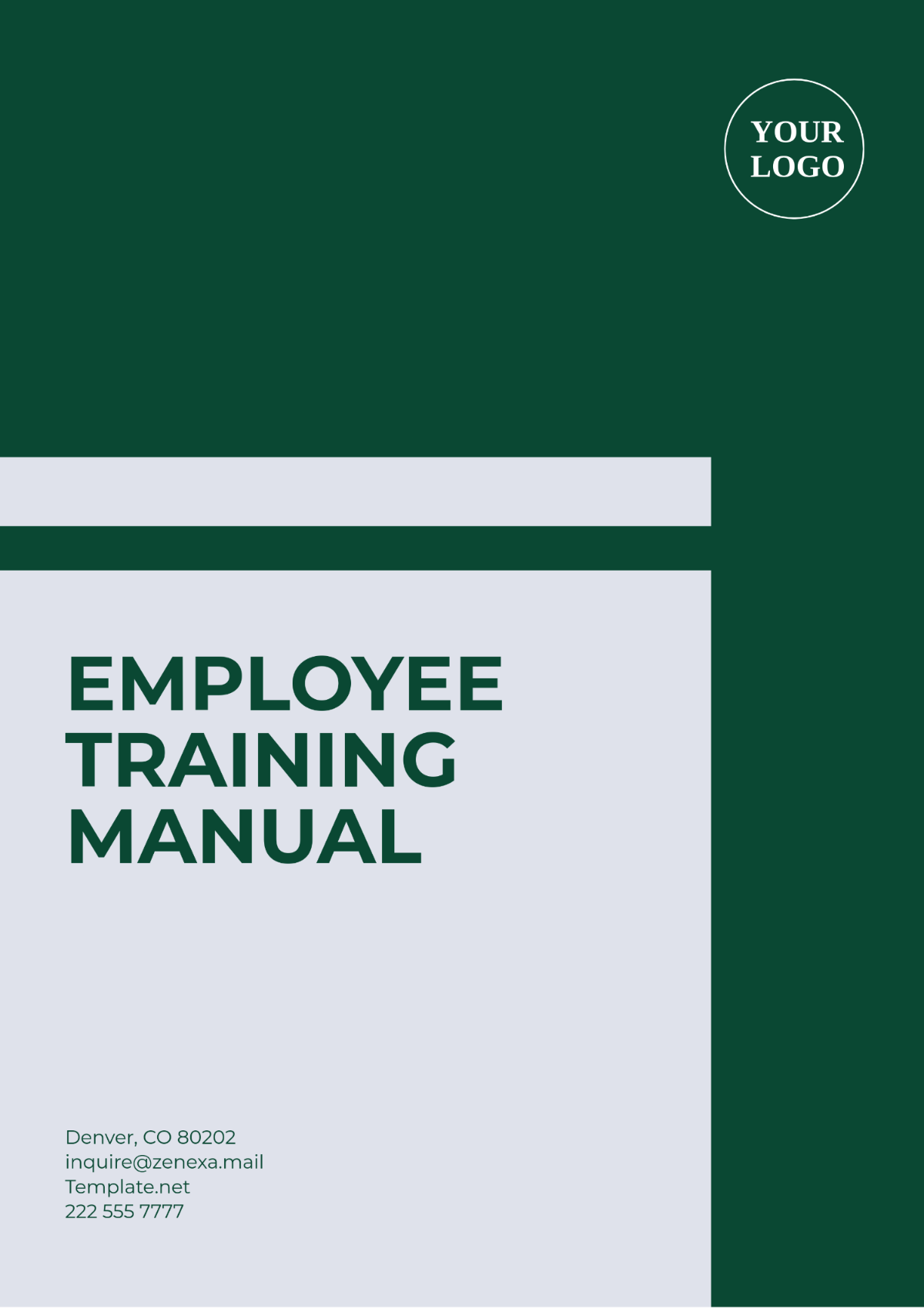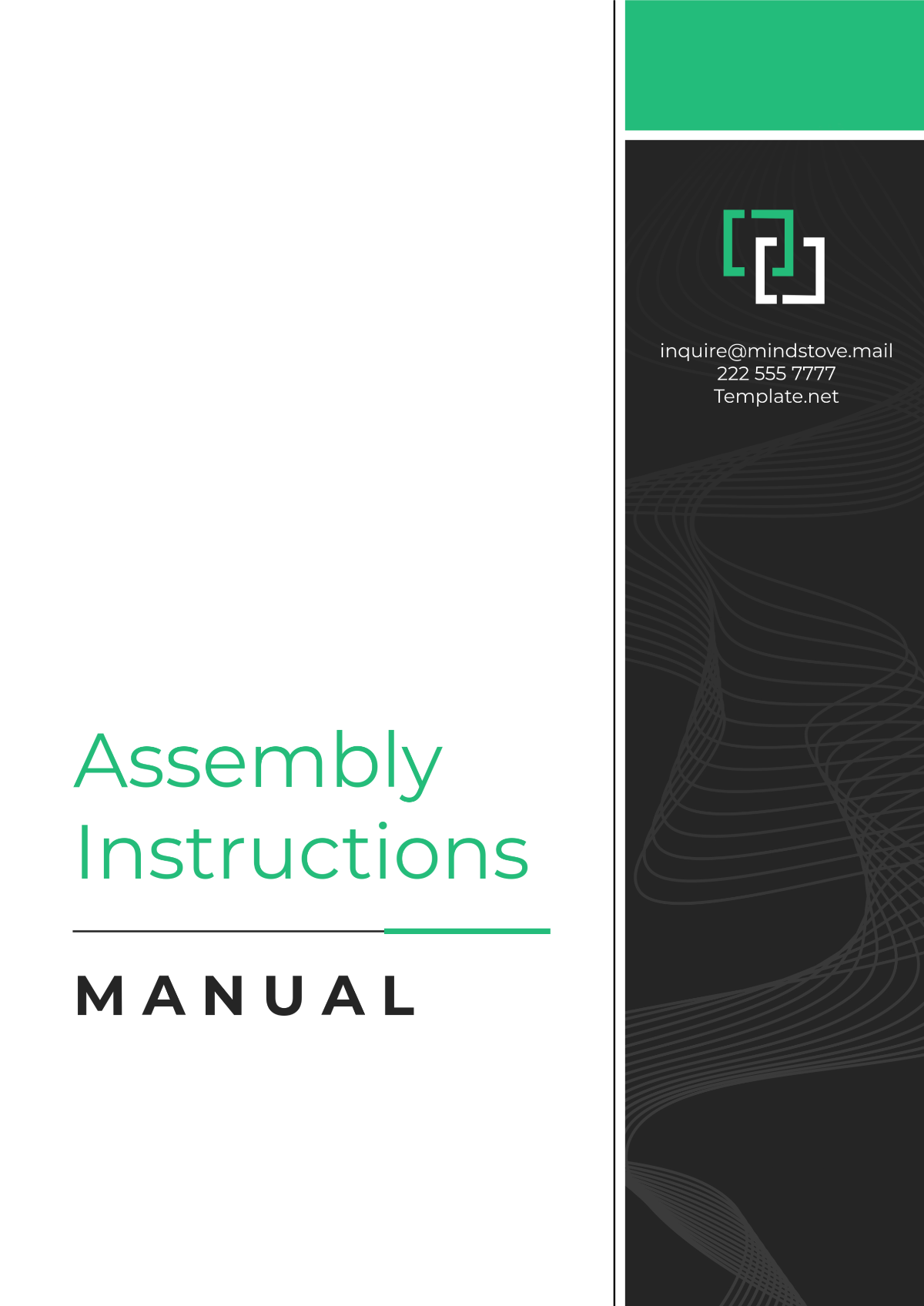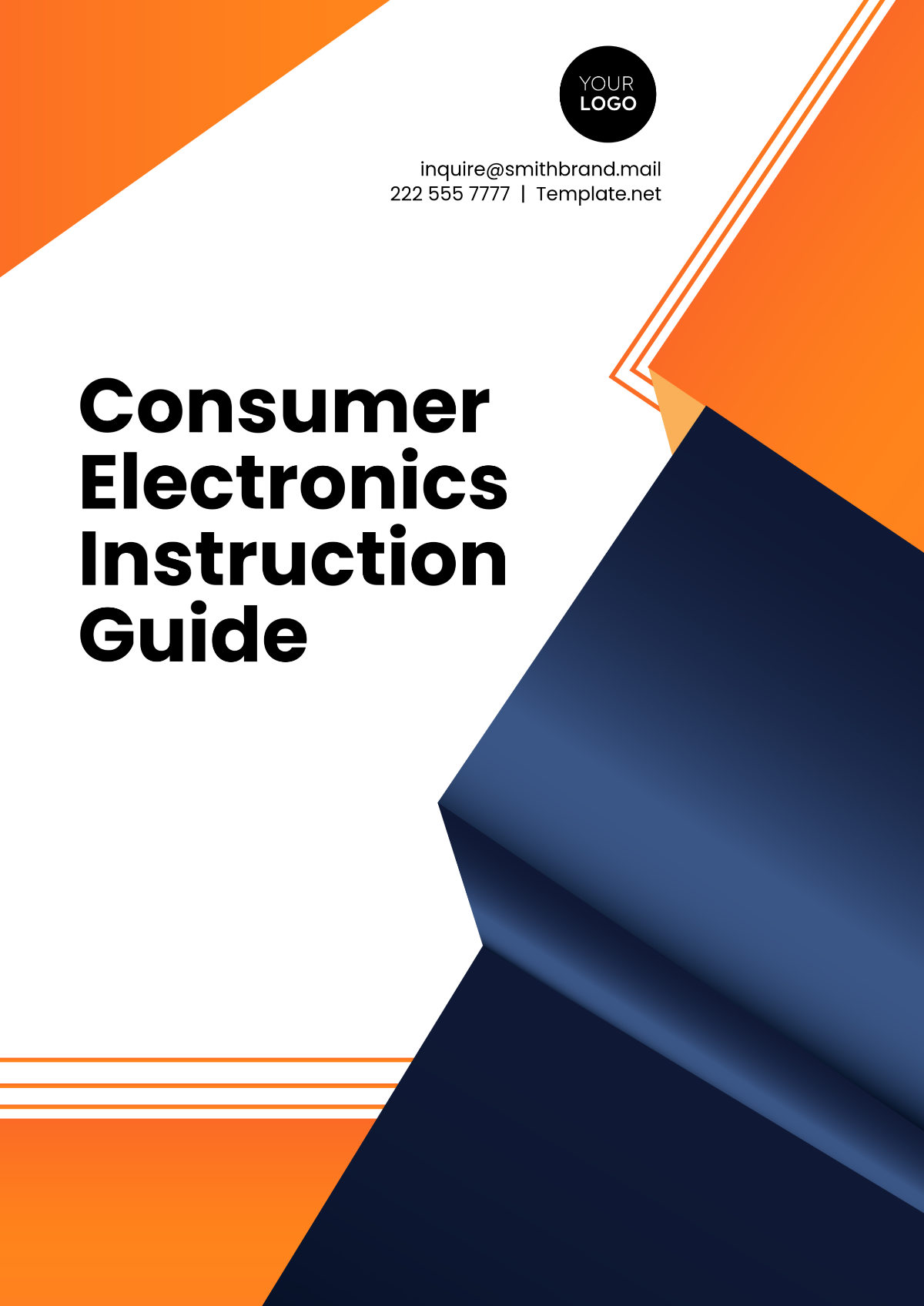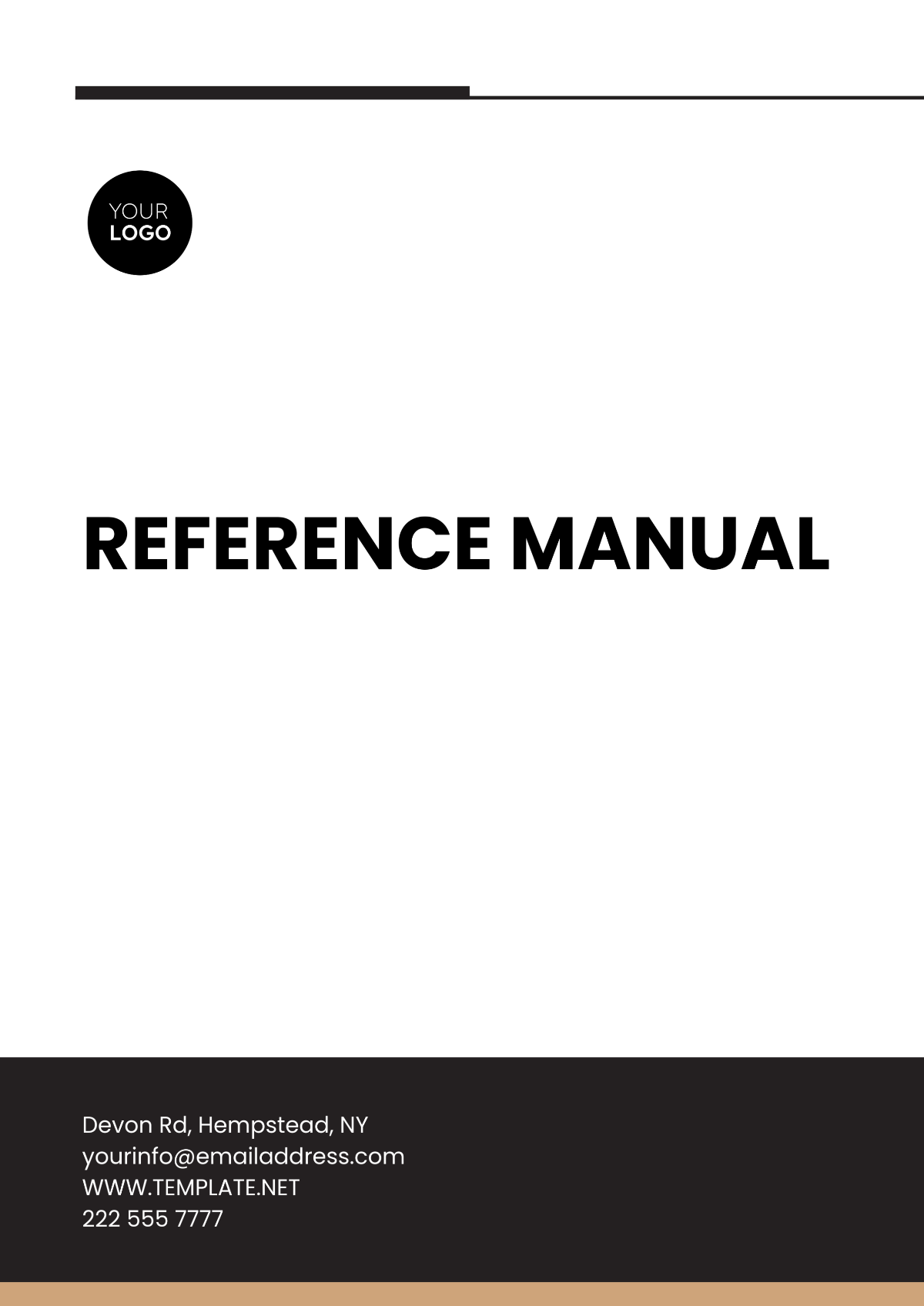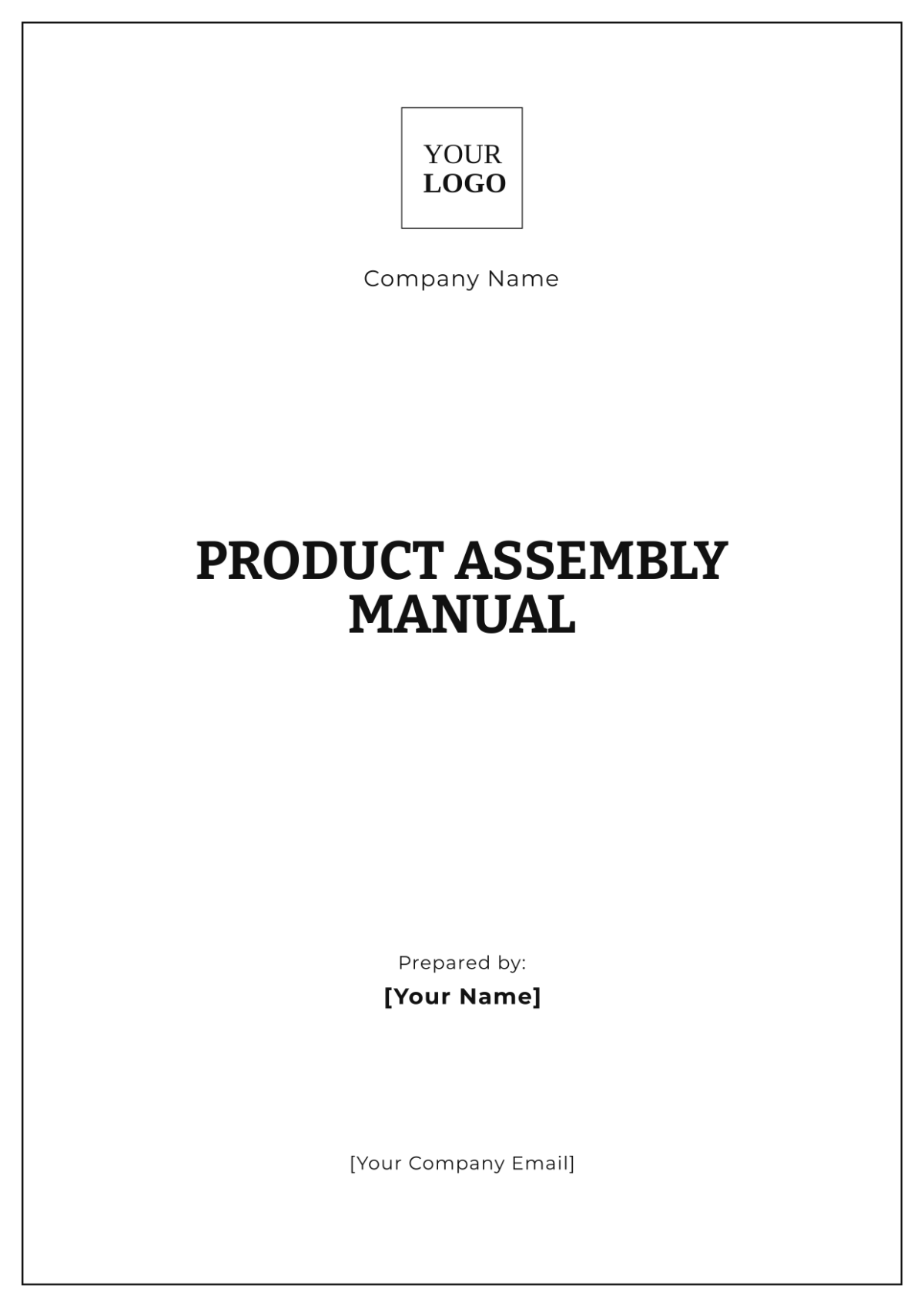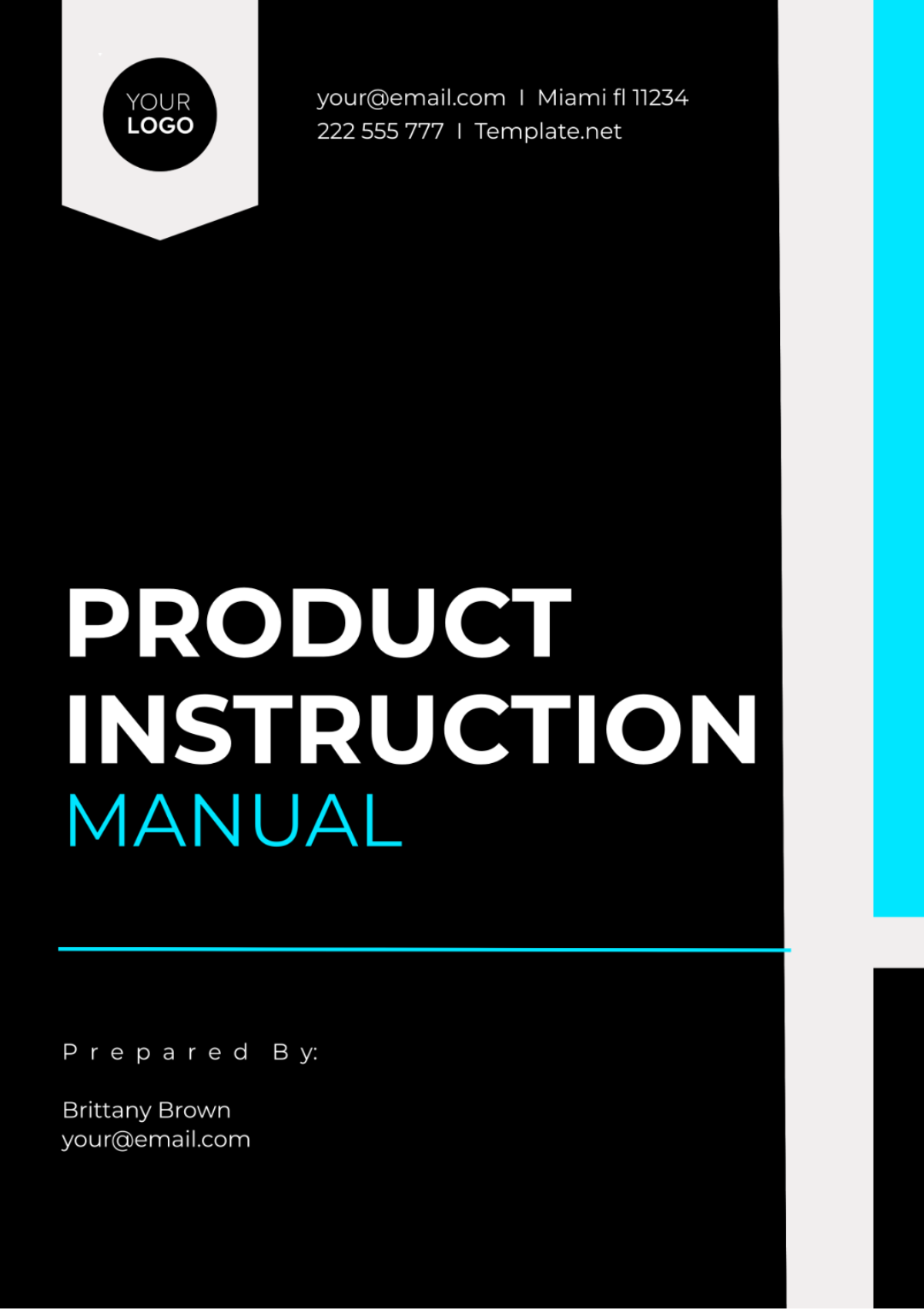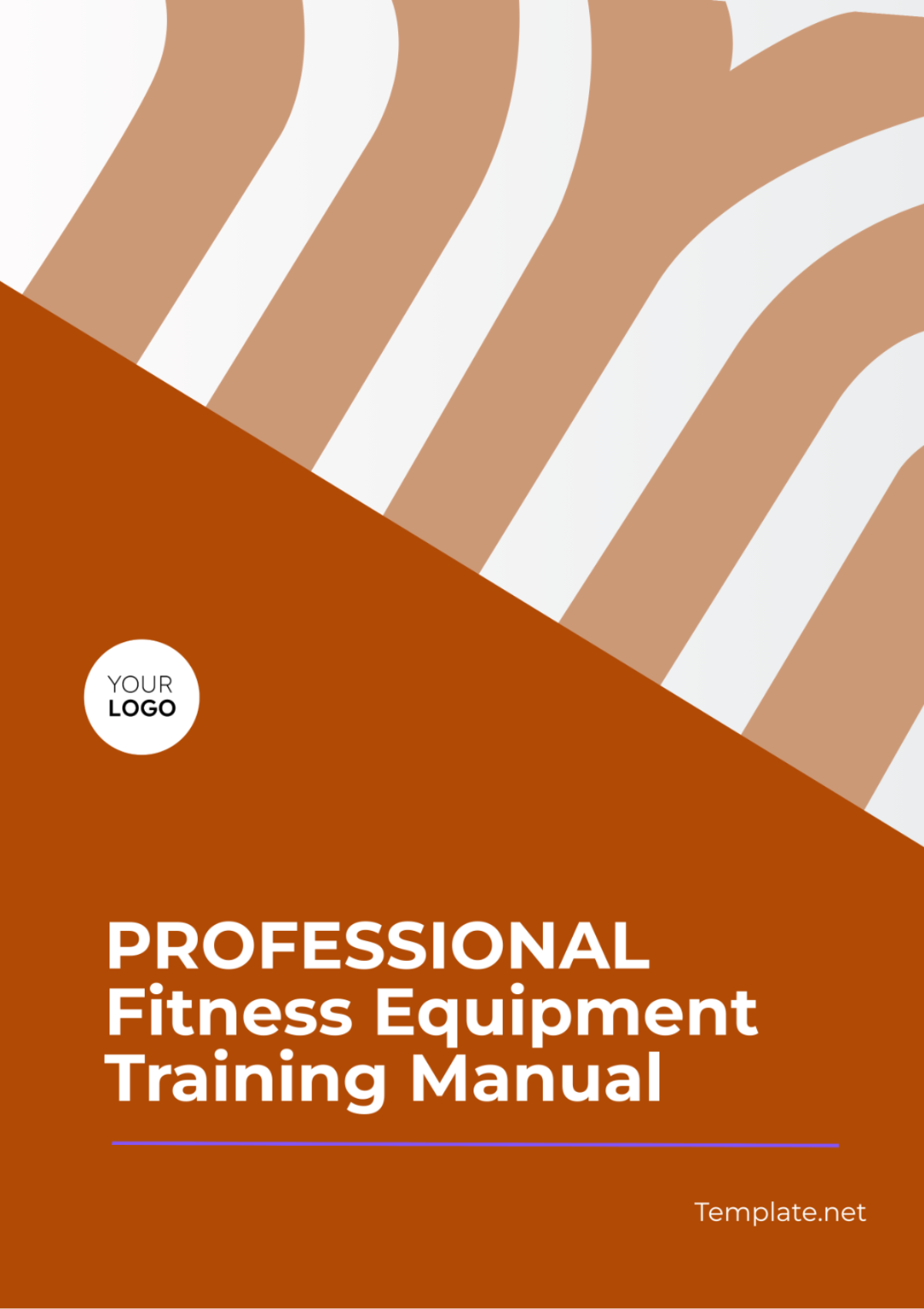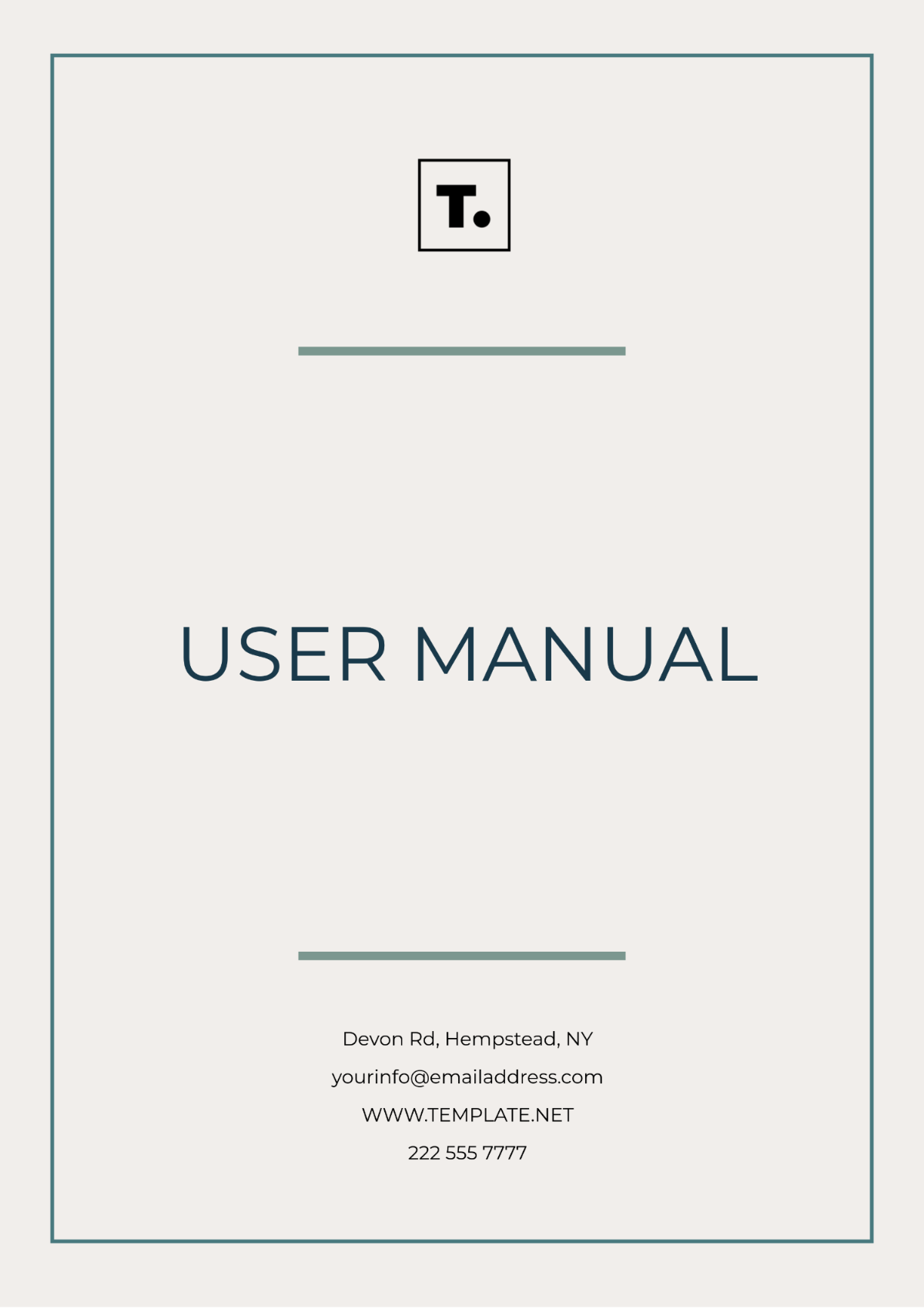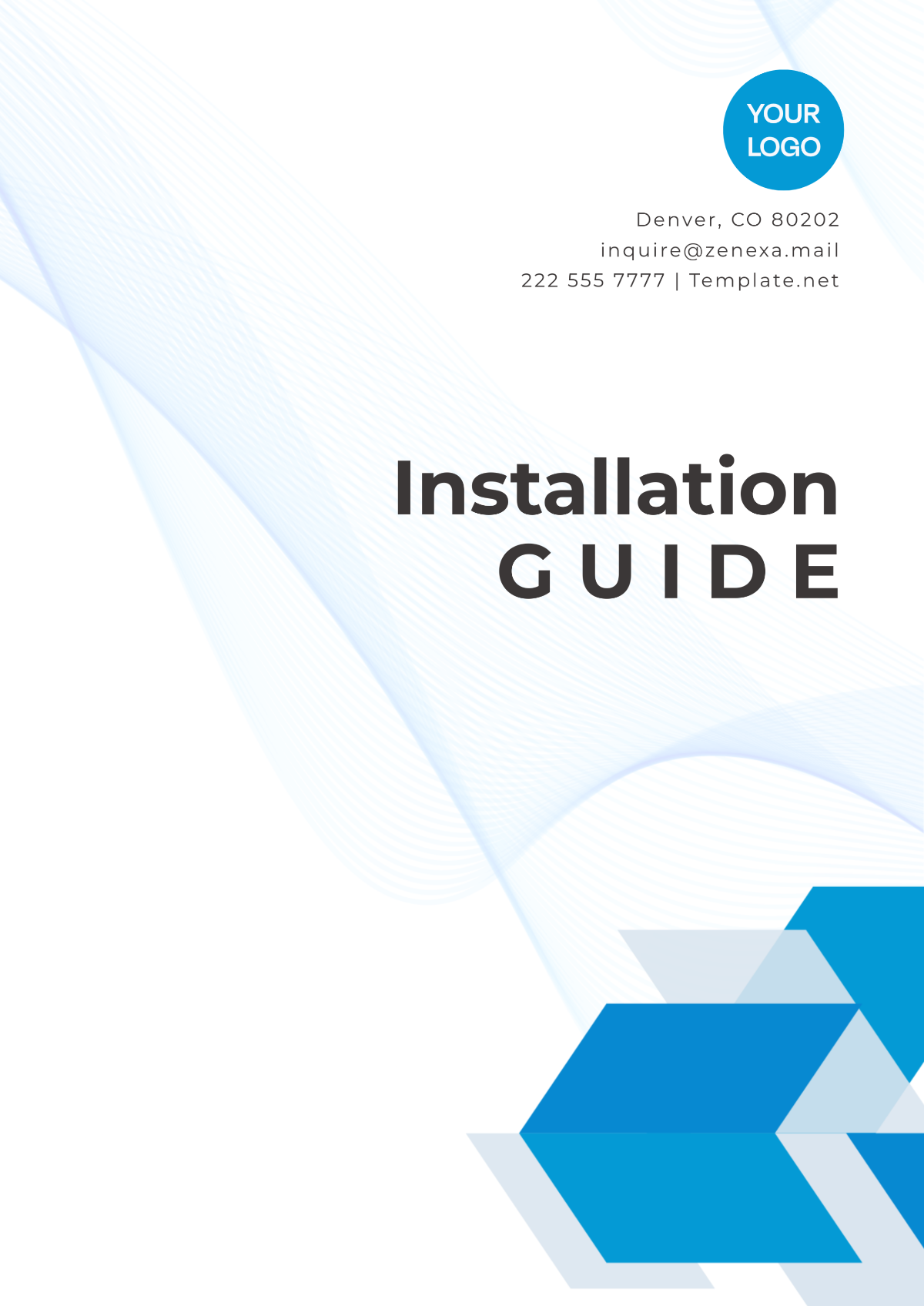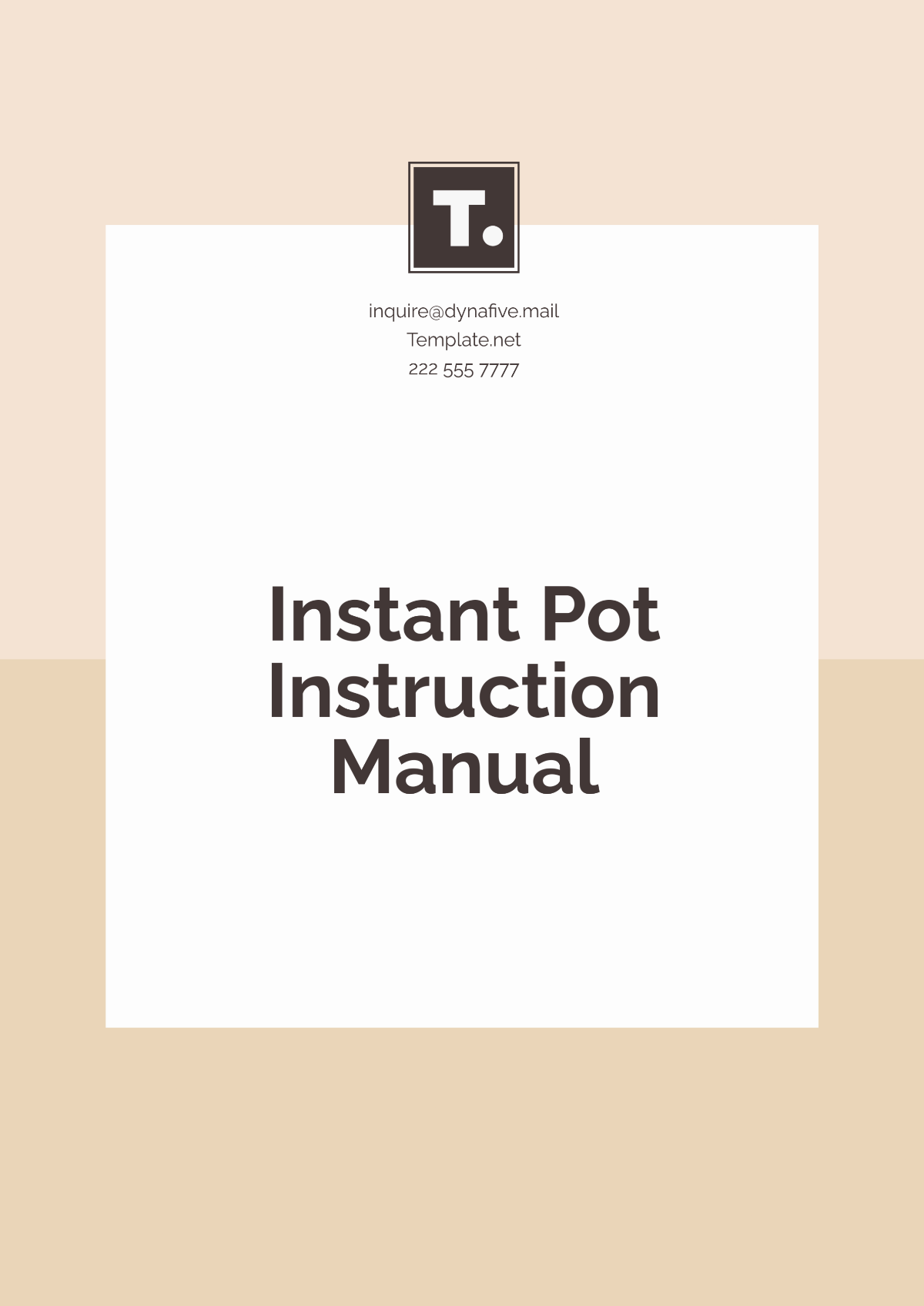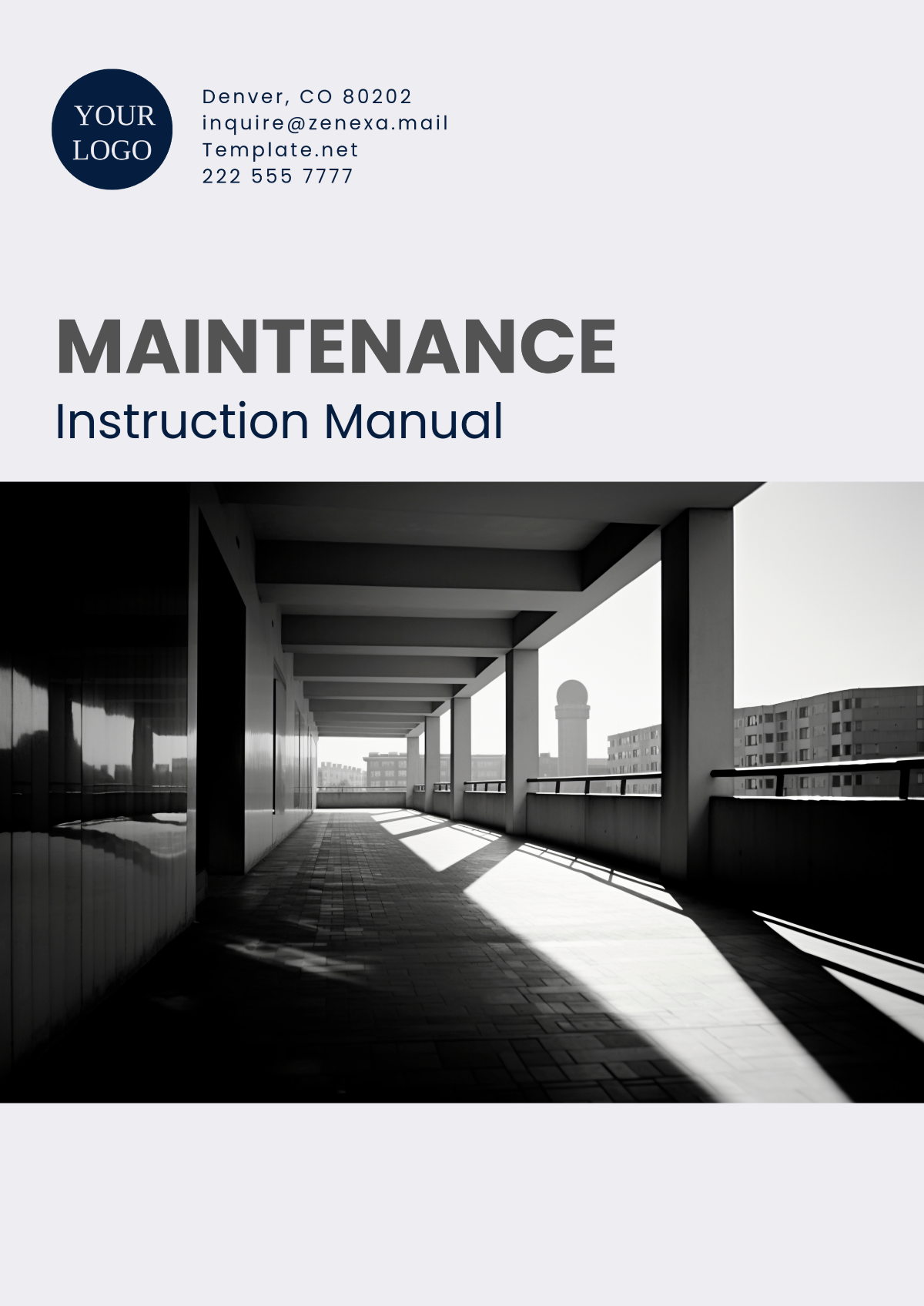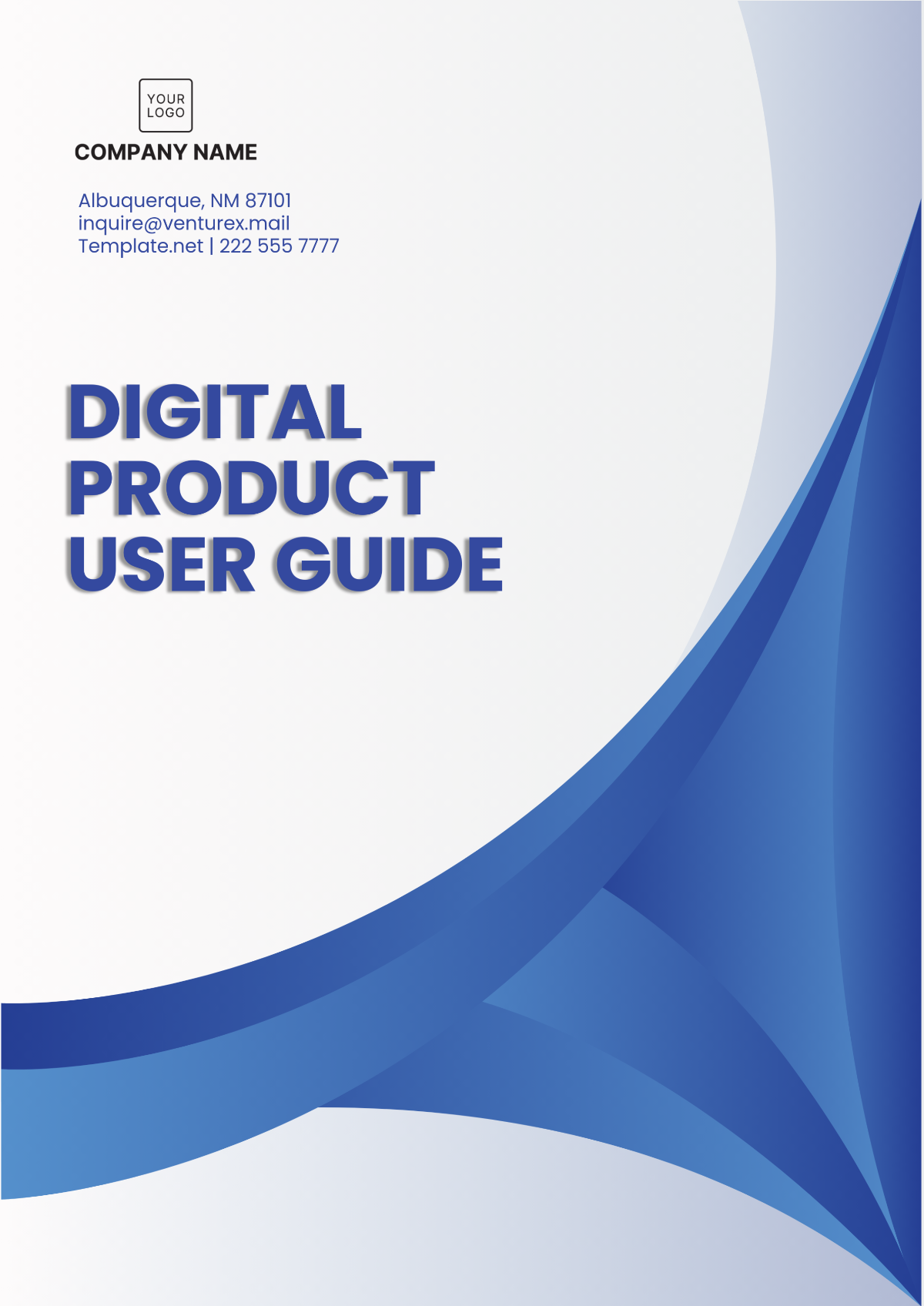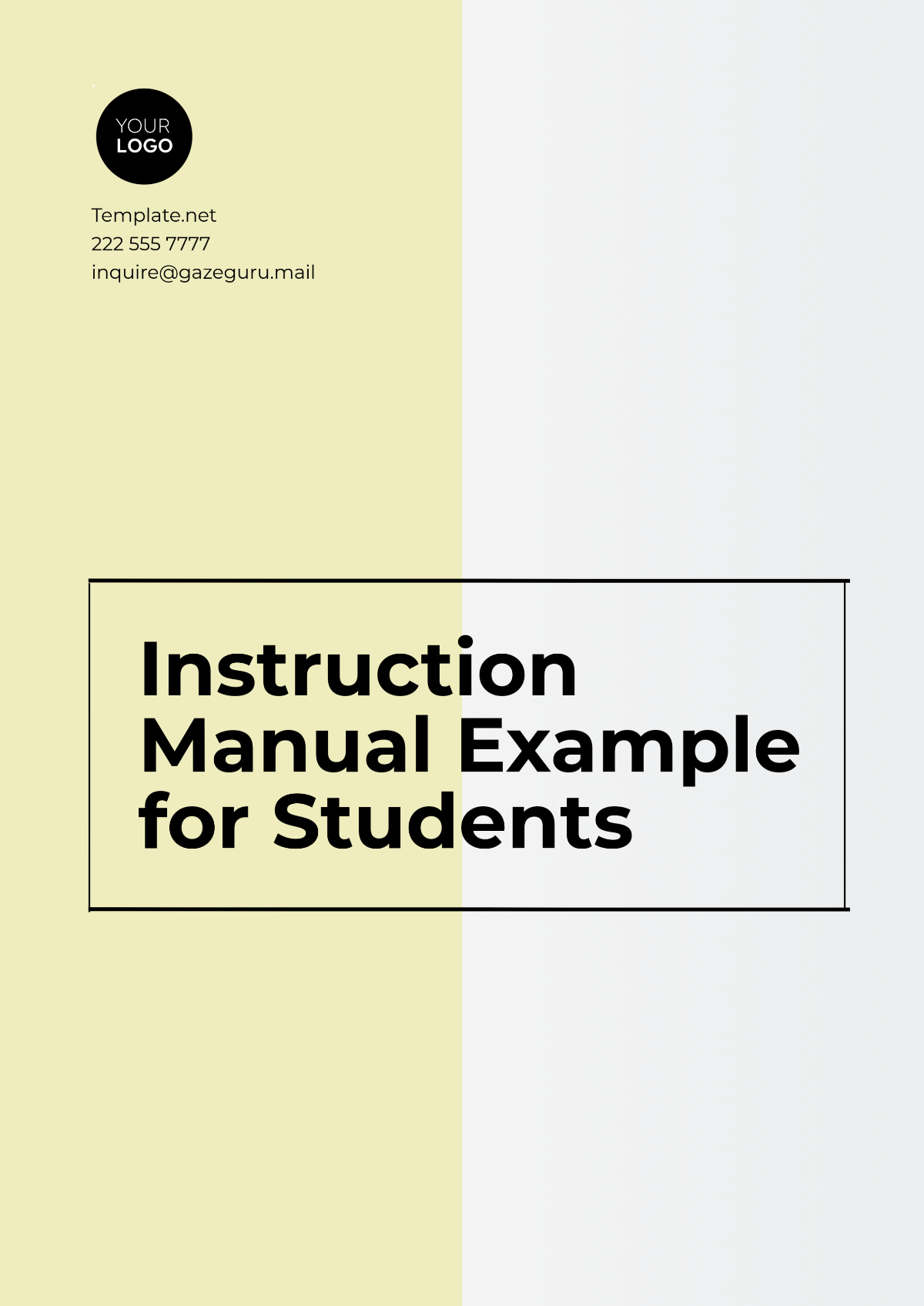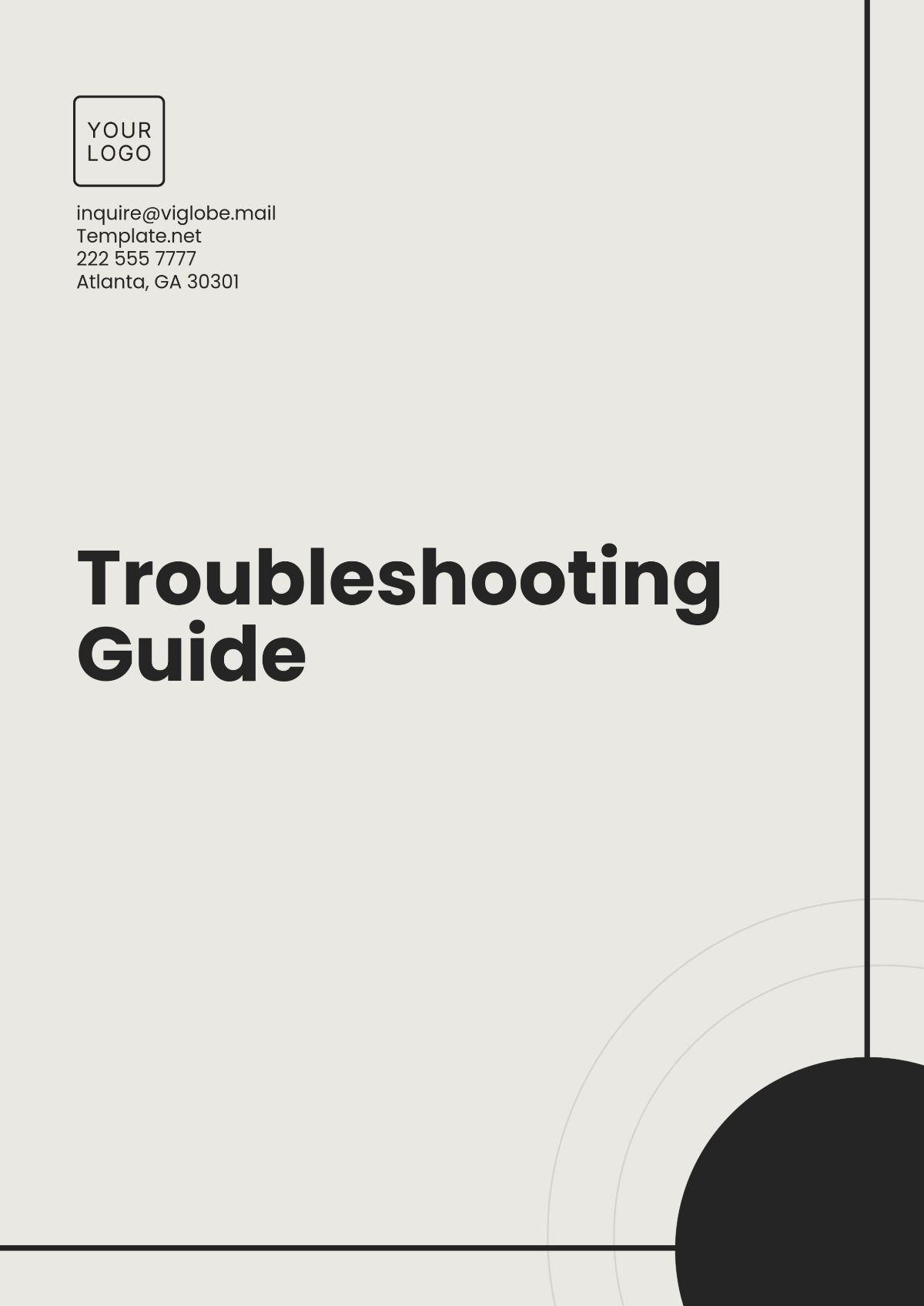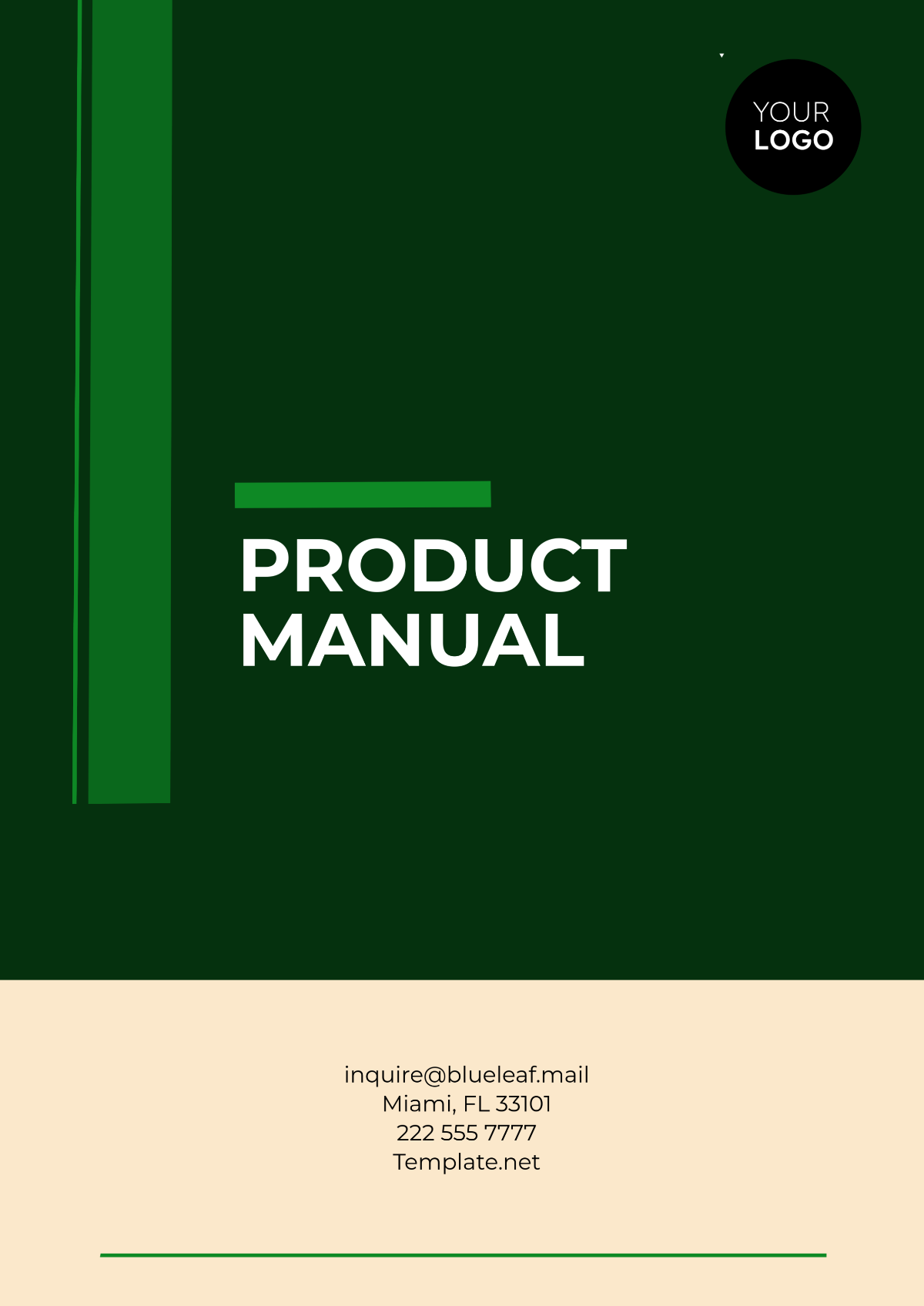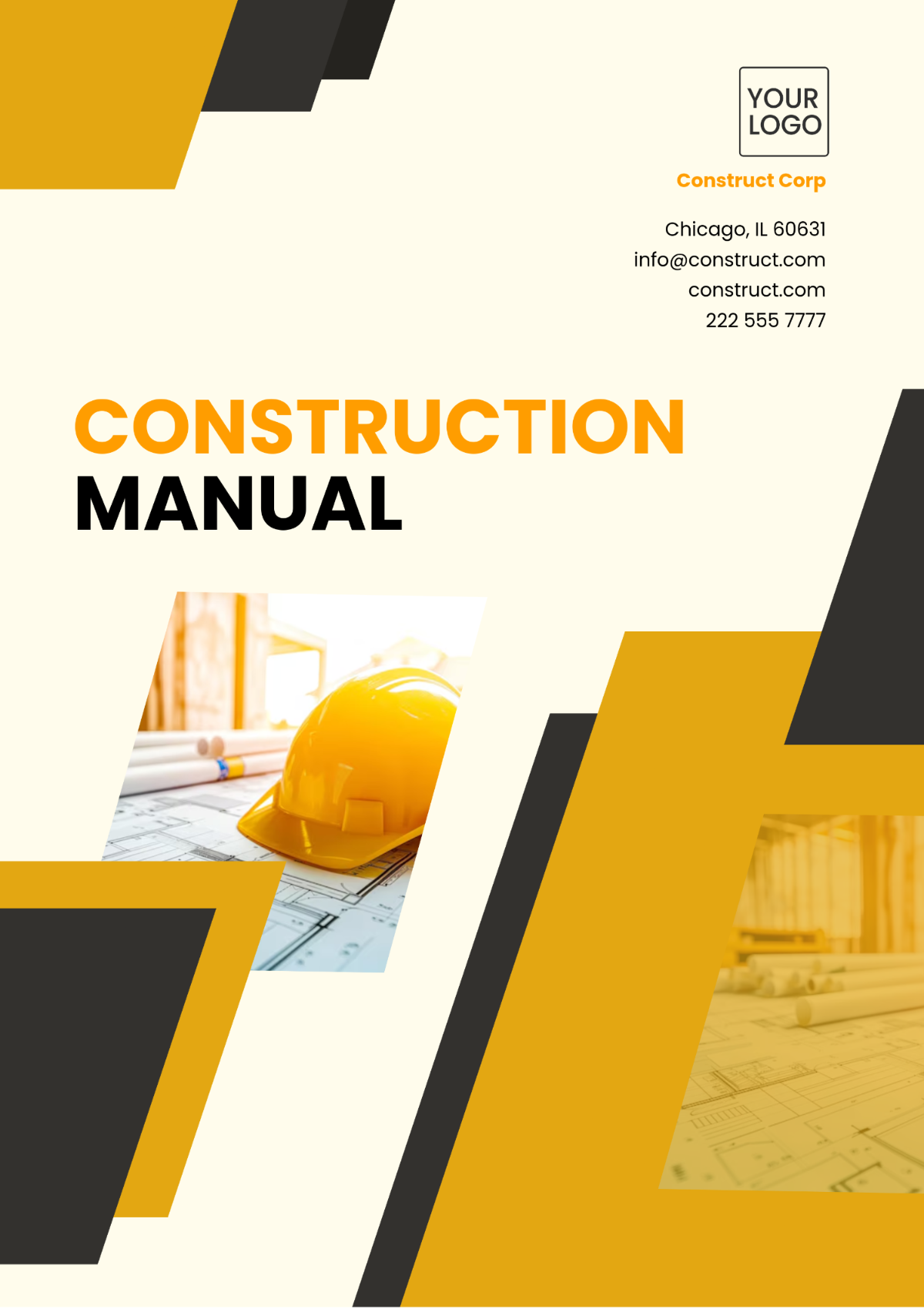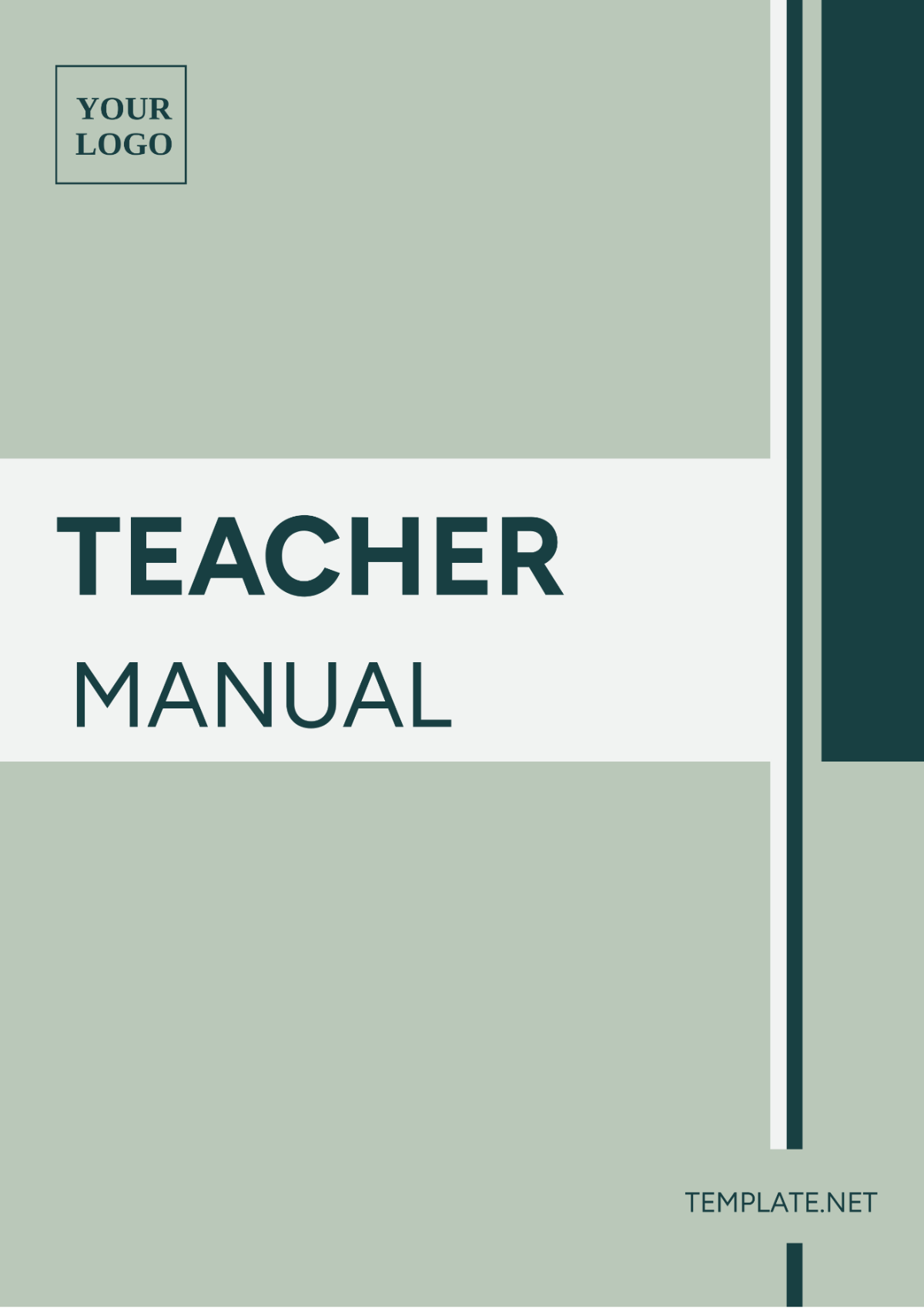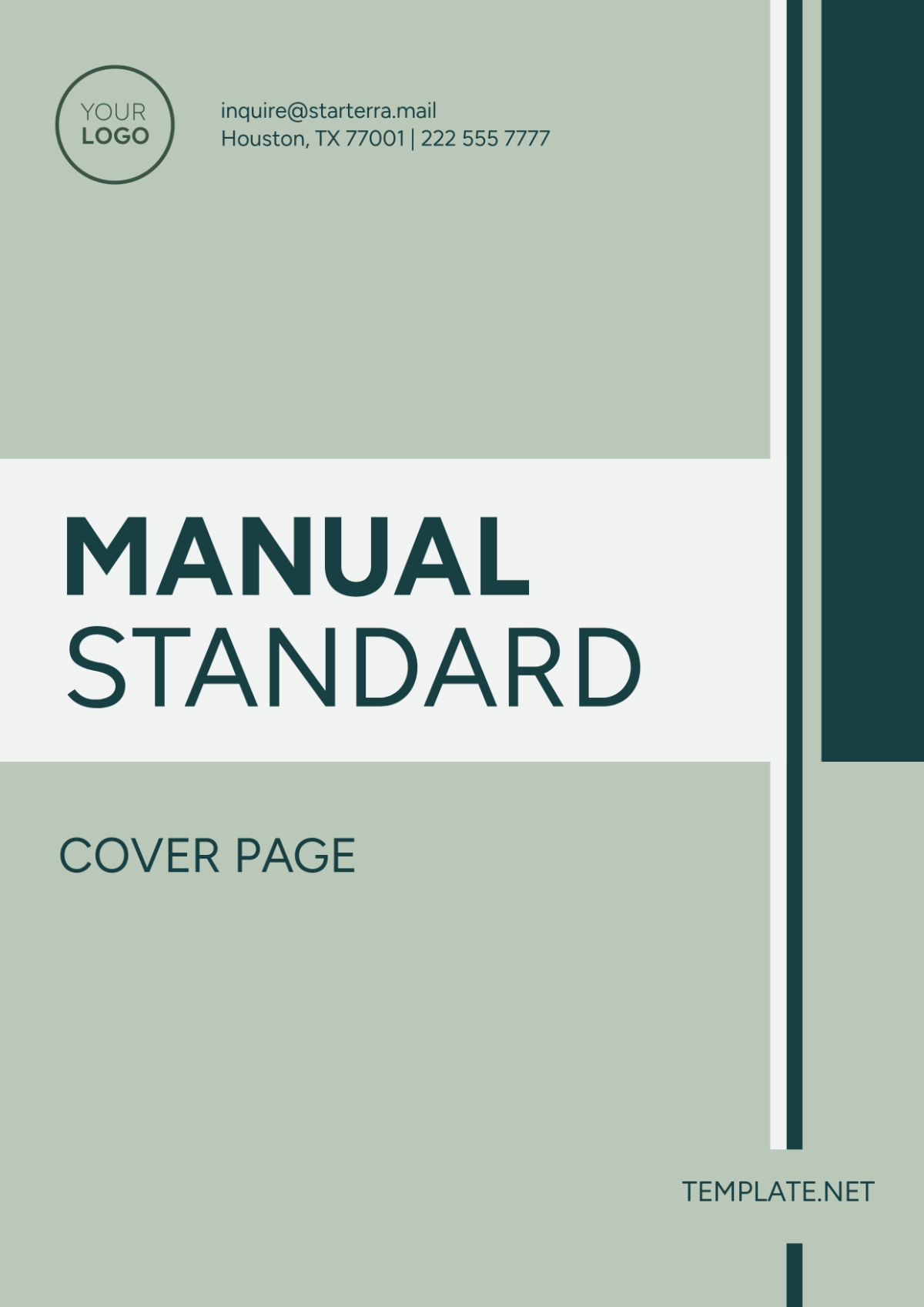Maintenance Instruction Manual
1. Introduction
1.1 Purpose
This manual provides comprehensive instructions for maintaining the Industrial Conveyor Belt Model X-500 to ensure optimal performance and a service life of 15 years.
1.2 Scope
The guidelines are intended for maintenance teams at [YOUR COMPANY NAME], specifically those operating within Production Unit 3.
1.3 Safety Precautions
Always wear safety goggles and gloves.
Ensure the conveyor is powered off and tagged out before maintenance.
Use proper lifting techniques to avoid injury.
Follow OSHA and ISO 45001 safety standards.
2. Overview of Equipment
2.1 General Description
The Industrial Conveyor Belt Model X-500 is a high-capacity belt system designed for transporting materials in industrial settings. The belt features a load capacity of 500 kg per meter and operates at speeds of up to 2 meters per second.
2.2 Components and Functions
Drive Motor: Powers the conveyor system.
Belt: Transports materials along the system.
Rollers: Support the belt and ensure smooth movement.
Control Panel: Allows for speed and direction adjustments.
3. Maintenance Schedule
3.1 Daily Maintenance Tasks
Check for debris on the belt and clean if necessary.
Inspect rollers for smooth operation.
3.2 Weekly Maintenance Tasks
Tighten all visible bolts and fasteners.
Clean the control panel with a dry cloth.
3.3 Monthly Maintenance Tasks
Lubricate the drive motor bearings with Synthetic Gear Oil Grade 80W-90.
Test emergency stop buttons for functionality.
3.4 Annual Maintenance Tasks
Replace the belt if wear exceeds 2 mm.
Calibrate the speed controller using a Digital Tachometer Model T-1000.
4. Maintenance Procedures
4.1 Cleaning
Turn off the conveyor using the main switch.
Remove loose debris with a soft-bristle brush.
Use Industrial Cleaner XZ-200 to wipe the belt and rollers.
4.2 Lubrication
Locate the grease fittings on the rollers.
Apply Multipurpose Industrial Grease Grade A using a grease gun.
4.3 Inspection and Testing
Inspect the belt for tears or fraying.
Test the emergency stop button by activating it during a trial run.
4.4 Replacement of Parts
Disconnect the main power supply.
Remove the damaged roller using a 14mm socket wrench.
Install a new Standard Roller X-500R, ensuring it is securely fastened.
5. Troubleshooting
Problem | Cause | Solution |
|---|---|---|
Belt Slipping | Loose tension | Adjust belt tension to specification. |
Motor Overheating | Insufficient lubrication | Lubricate motor bearings immediately. |
Emergency Stop Not Working | Wiring issue | Inspect and repair loose connections. |
6. Tools and Materials Required
14mm Socket Wrench: For roller replacement.
Grease Gun: For lubrication.
Digital Tachometer Model T-1000: For speed calibration.
Industrial Cleaner XZ-200: For cleaning surfaces.
7. Record Keeping
Date | Task Performed | Person Responsible |
|---|---|---|
November 1, 2066 | Lubricated motor bearings | Jolie Cassin |
November 7, 2066 | Replaced damaged roller | Jane Davids |
8. Appendix
8.1 Spare Parts List
Part Name | Part Number | Quantity |
|---|---|---|
Conveyor Belt | CB-X500 | 1 |
Standard Roller | X-500R | 5 |
Emergency Stop Button | ESB-200 | 2 |
8.2 Contact Information
[YOUR COMPANY NAME]
Maintenance Department
Phone: [YOUR COMPANY NUMBER]
Email: [YOUR COMPANY EMAIL]
8.3 Glossary of Terms
Tachometer: Device used to measure rotational speed.
Bearing: A component that reduces friction in moving parts.
Lockout/Tagout (LOTO): A safety procedure to ensure machinery is inoperable during maintenance.
This manual is property of [YOUR COMPANY NAME]. Unauthorized reproduction is prohibited.
